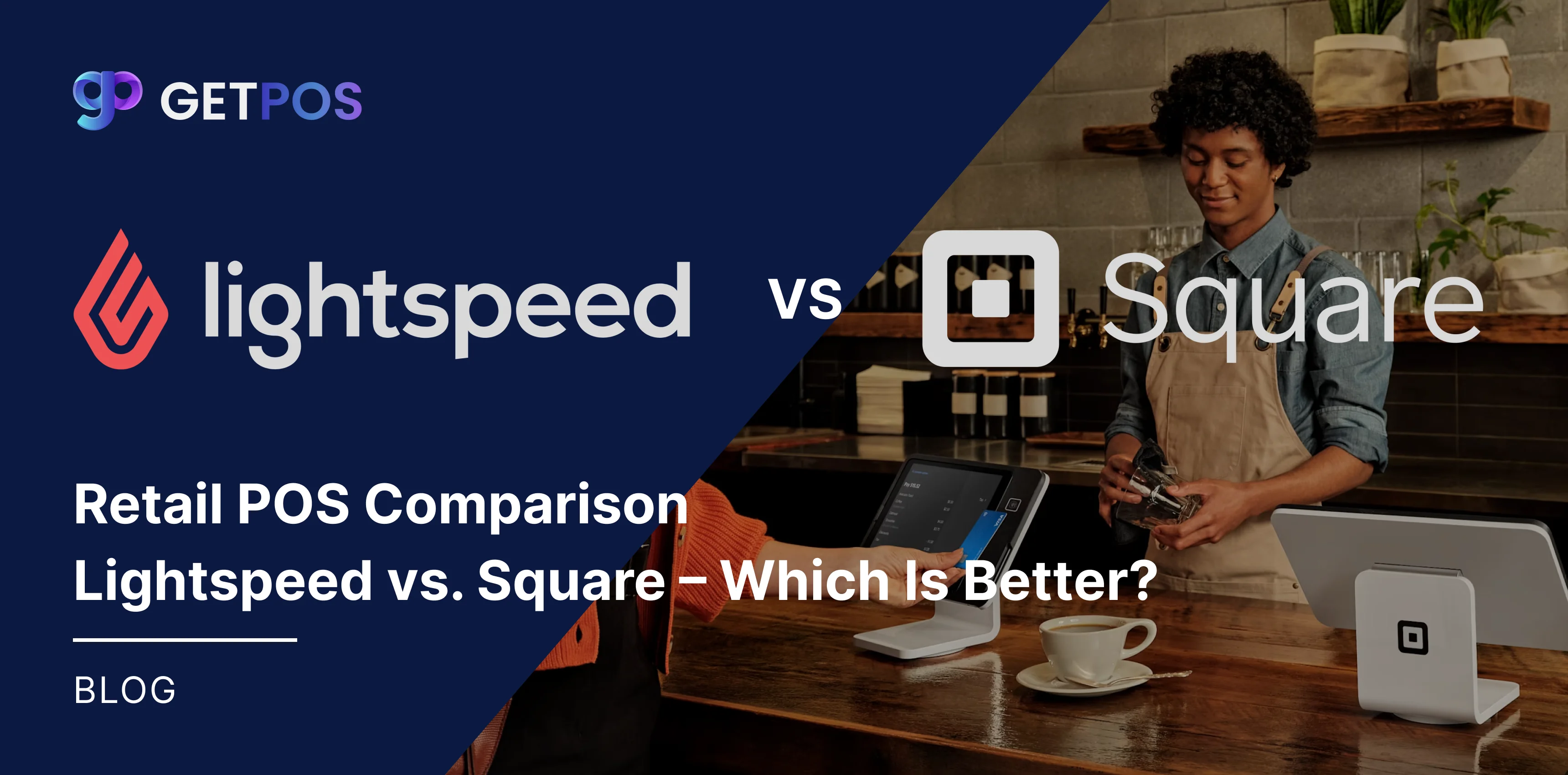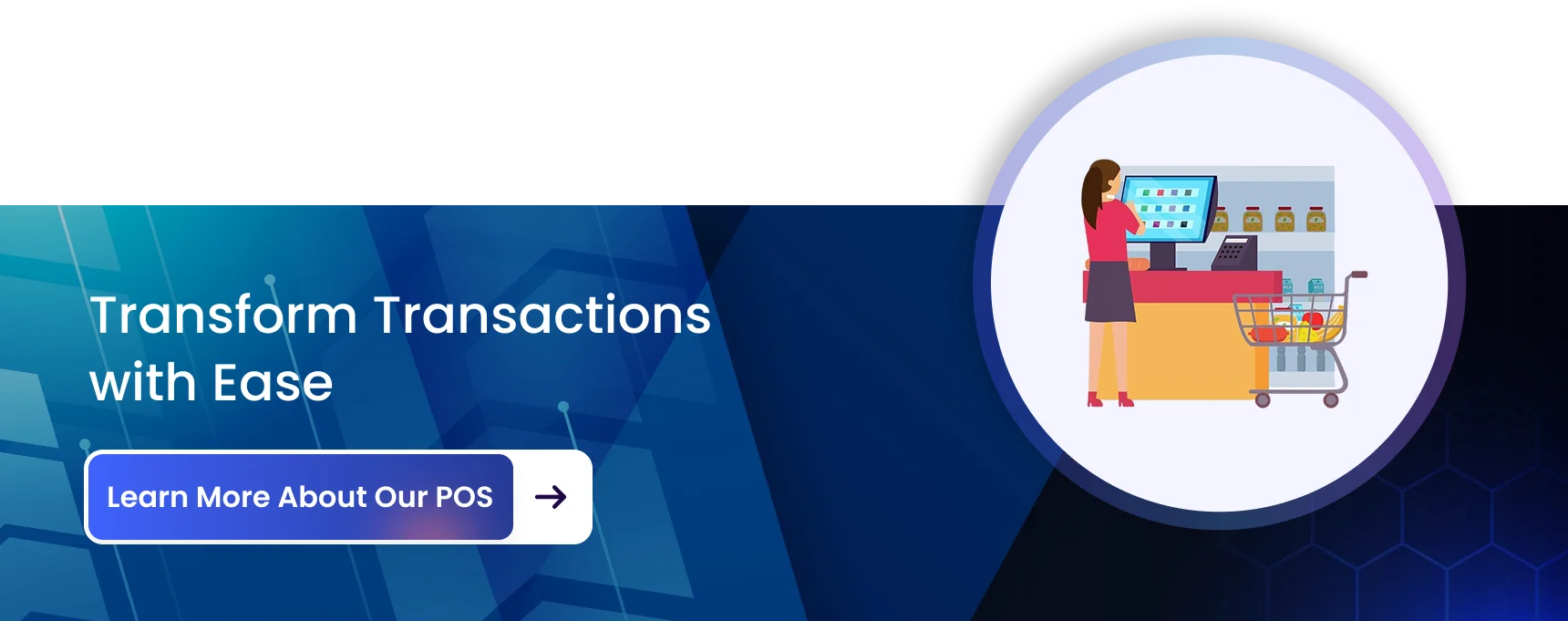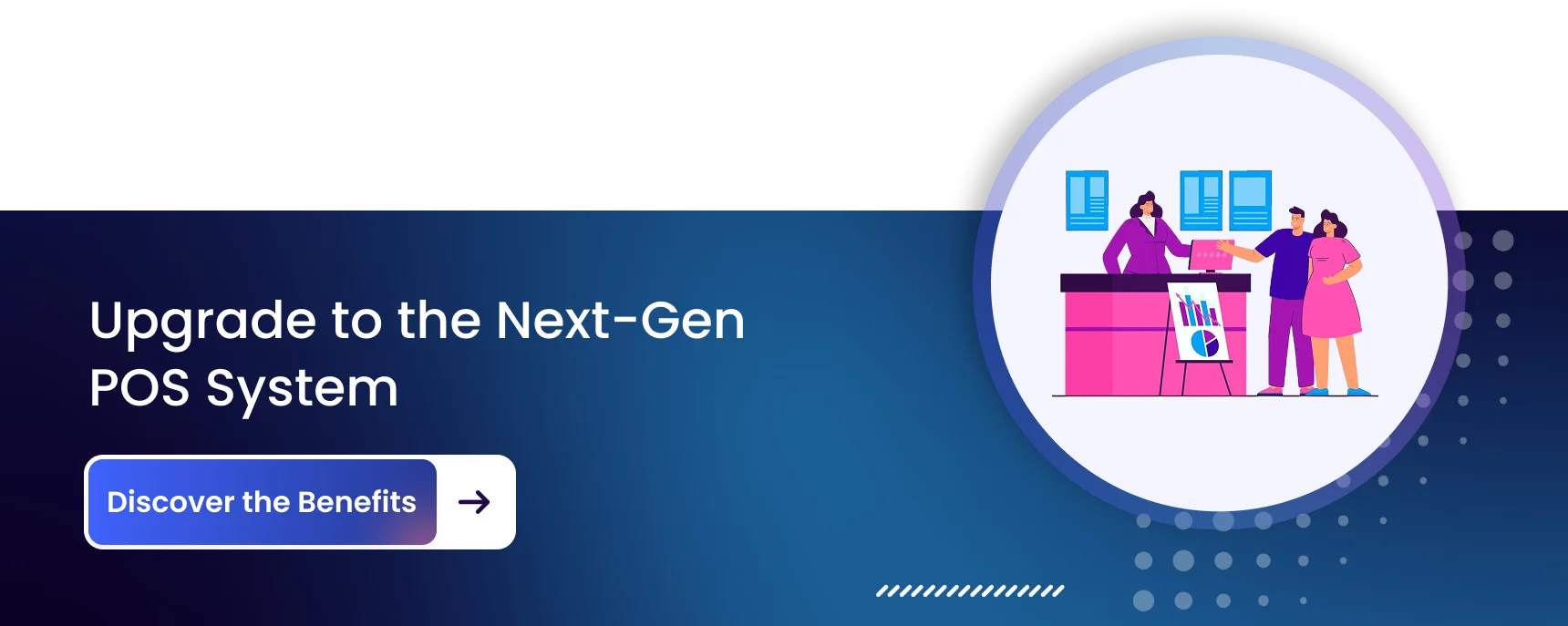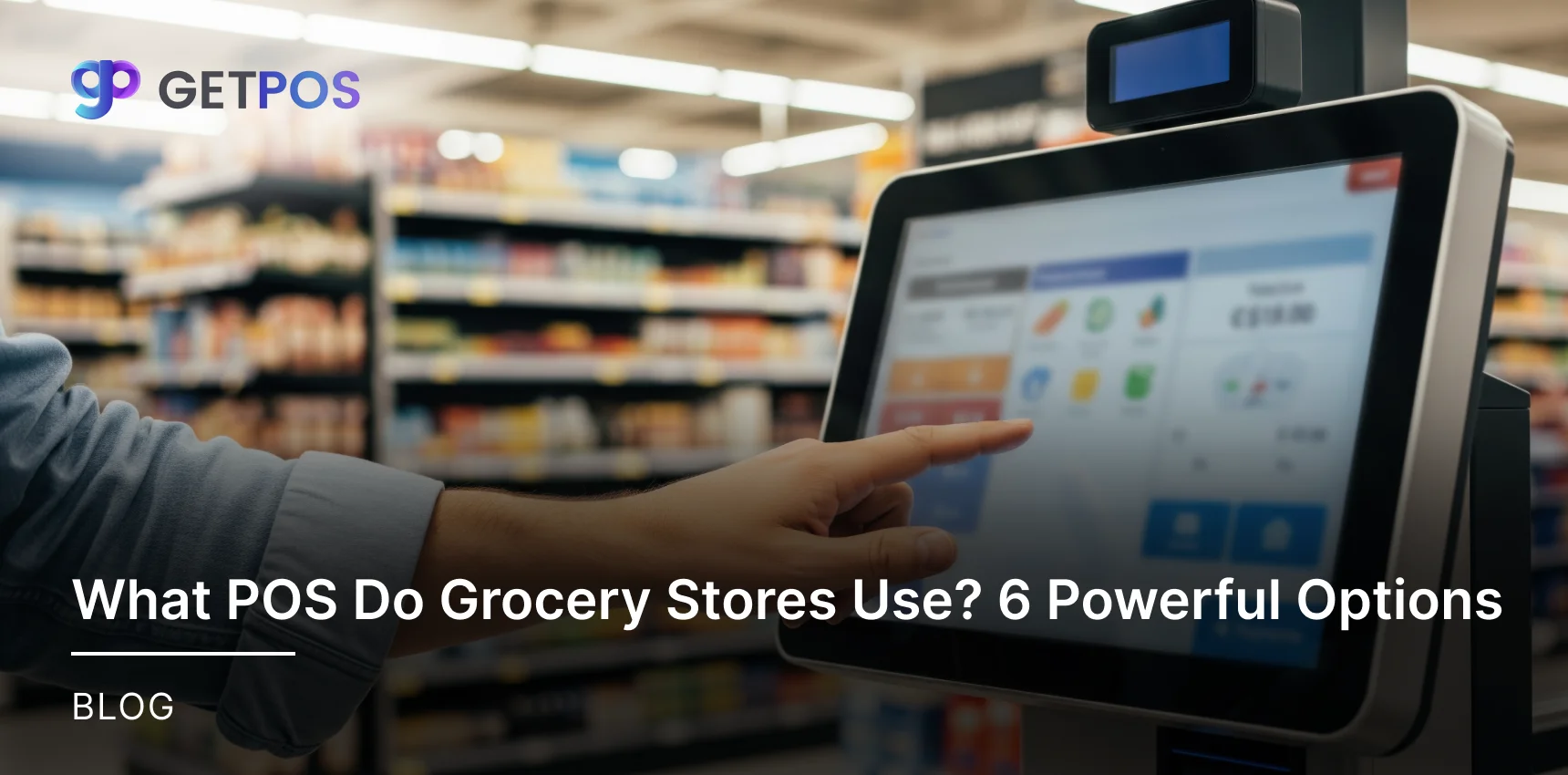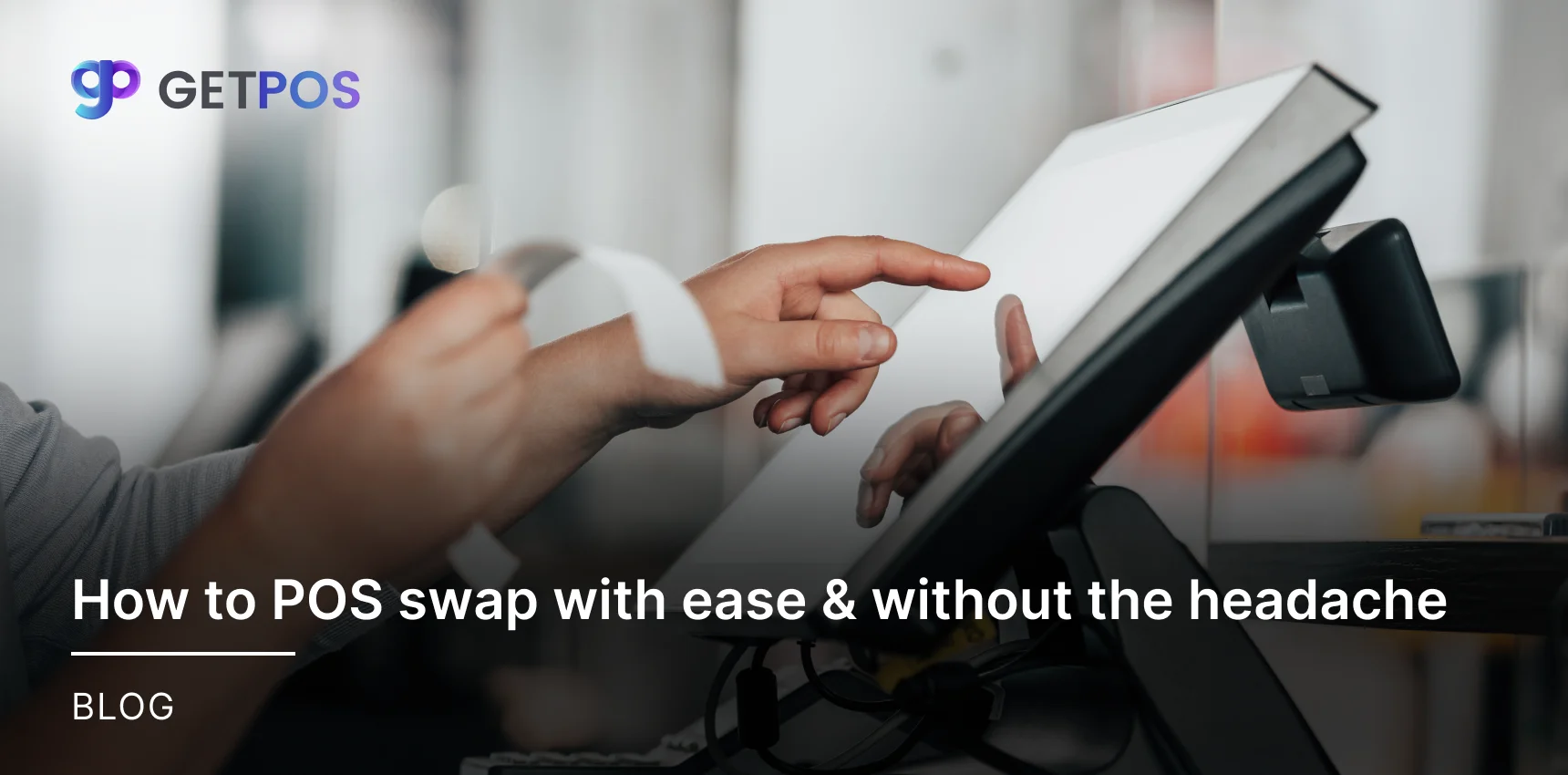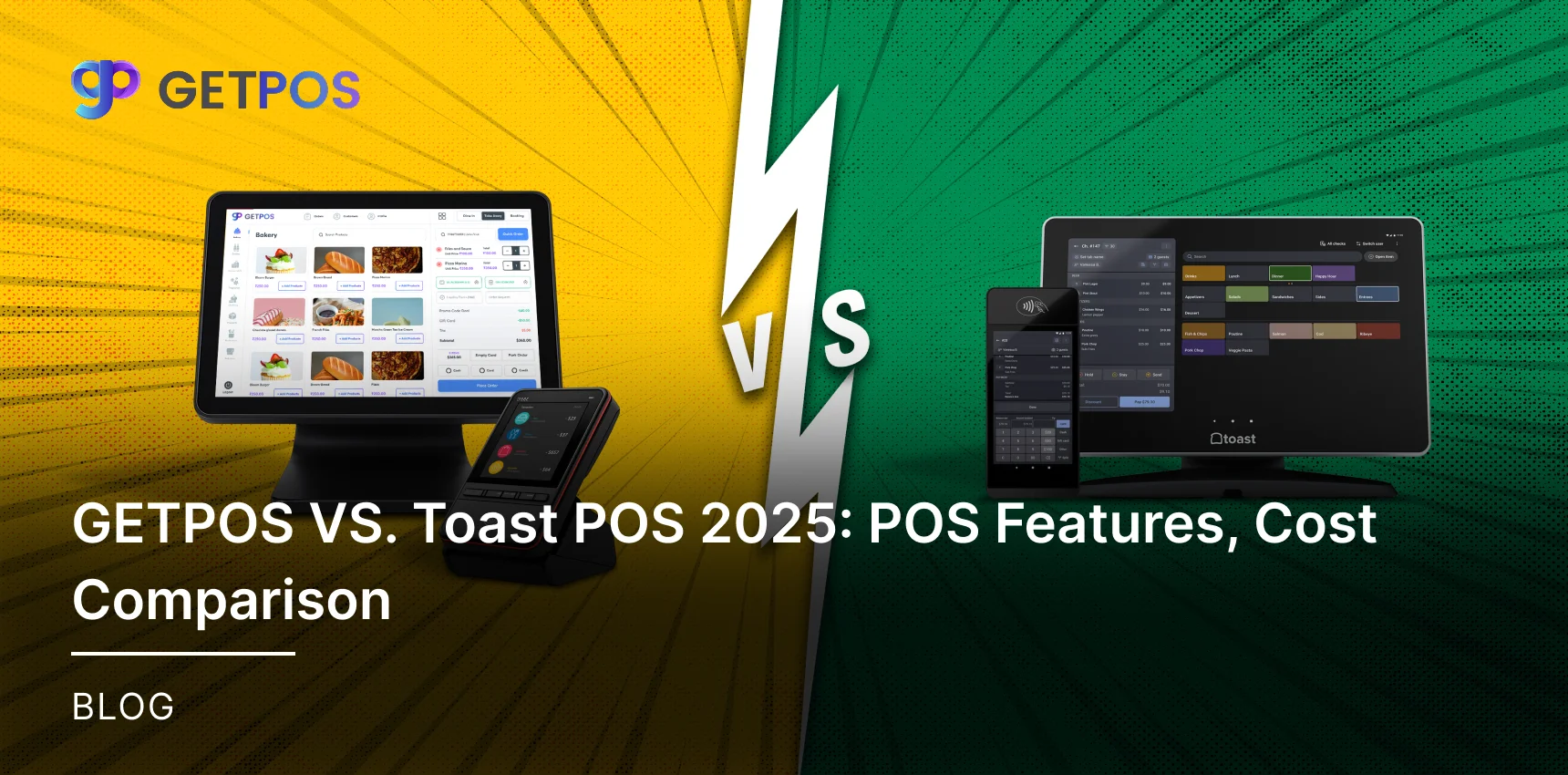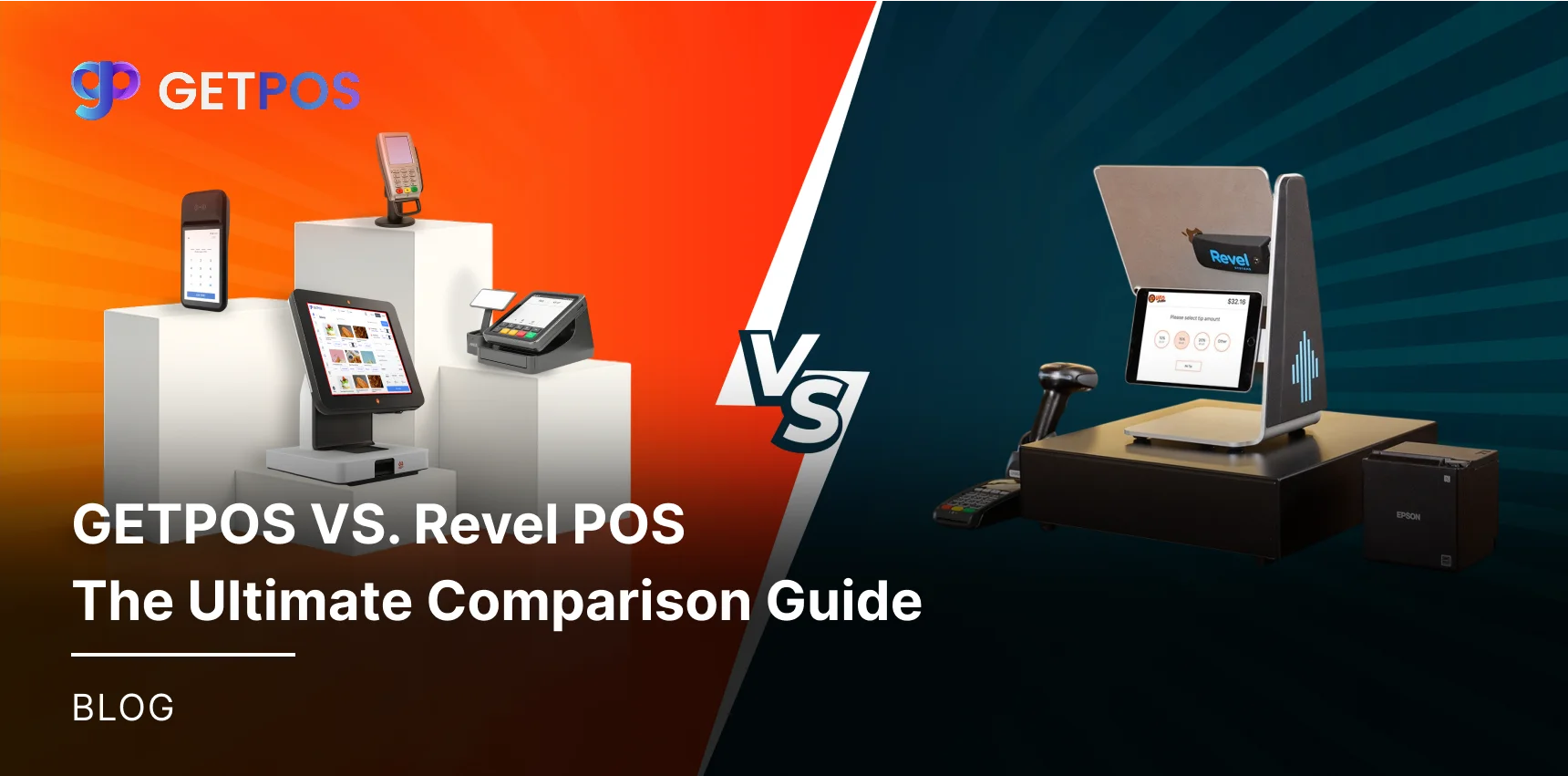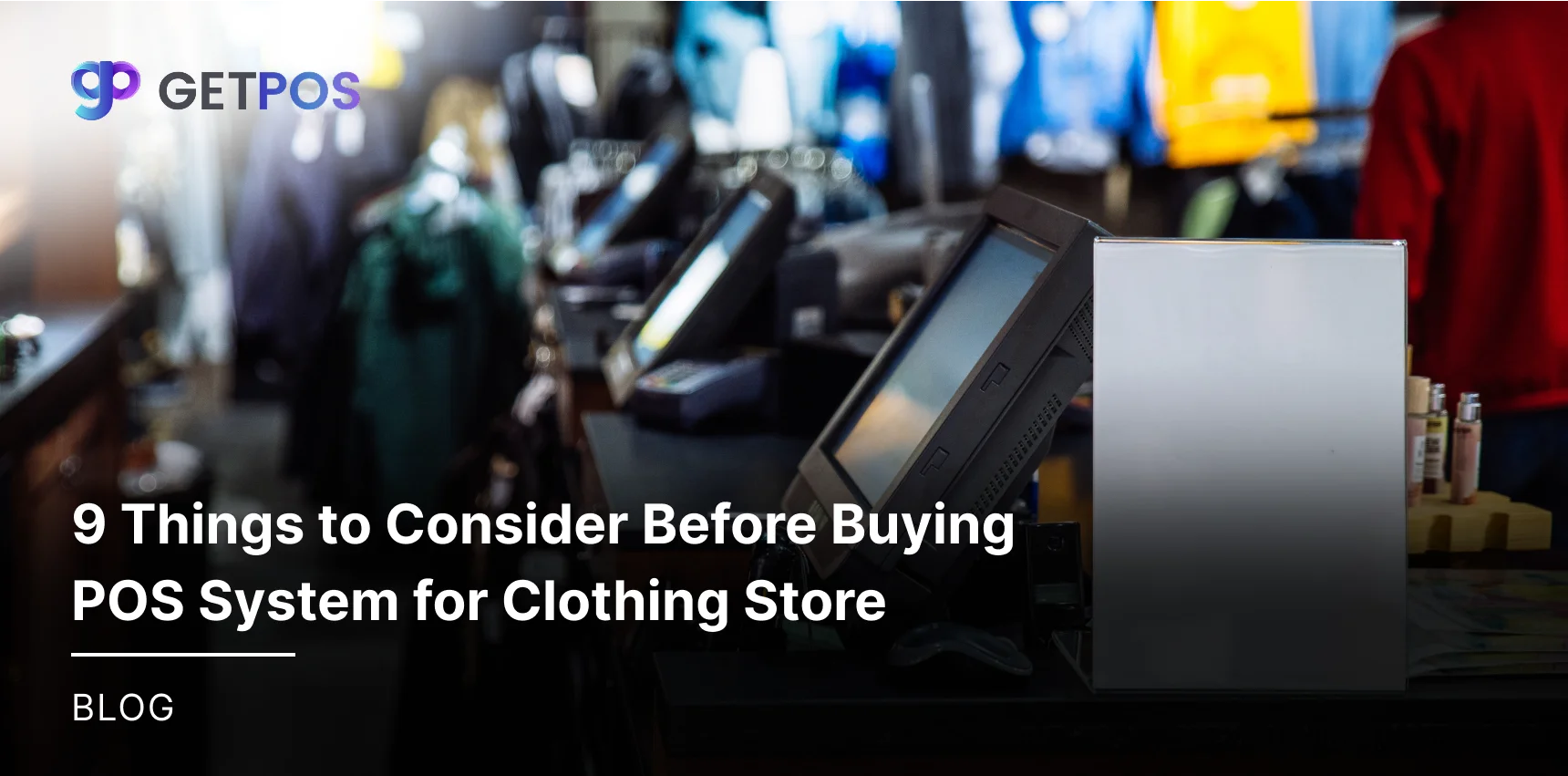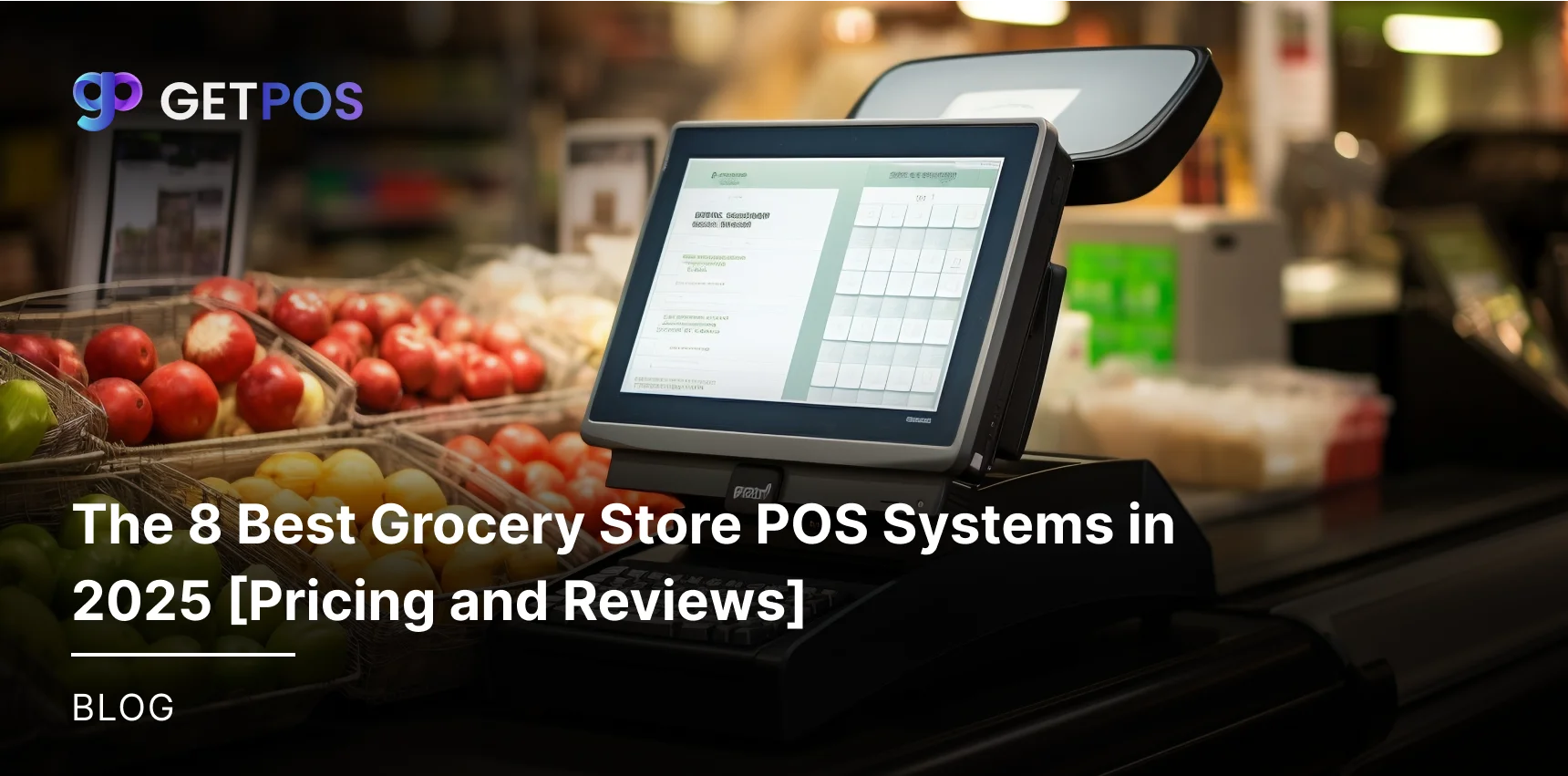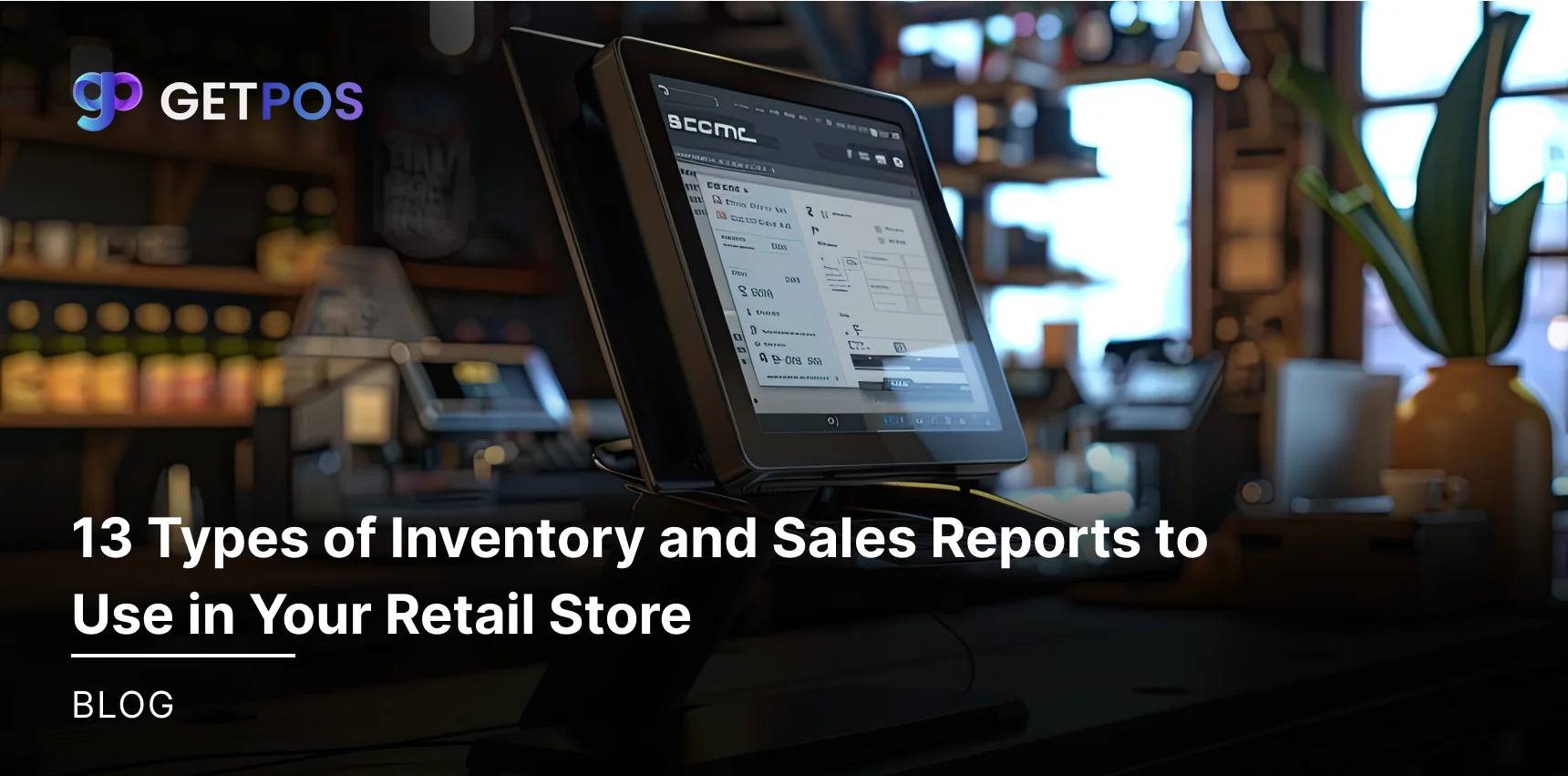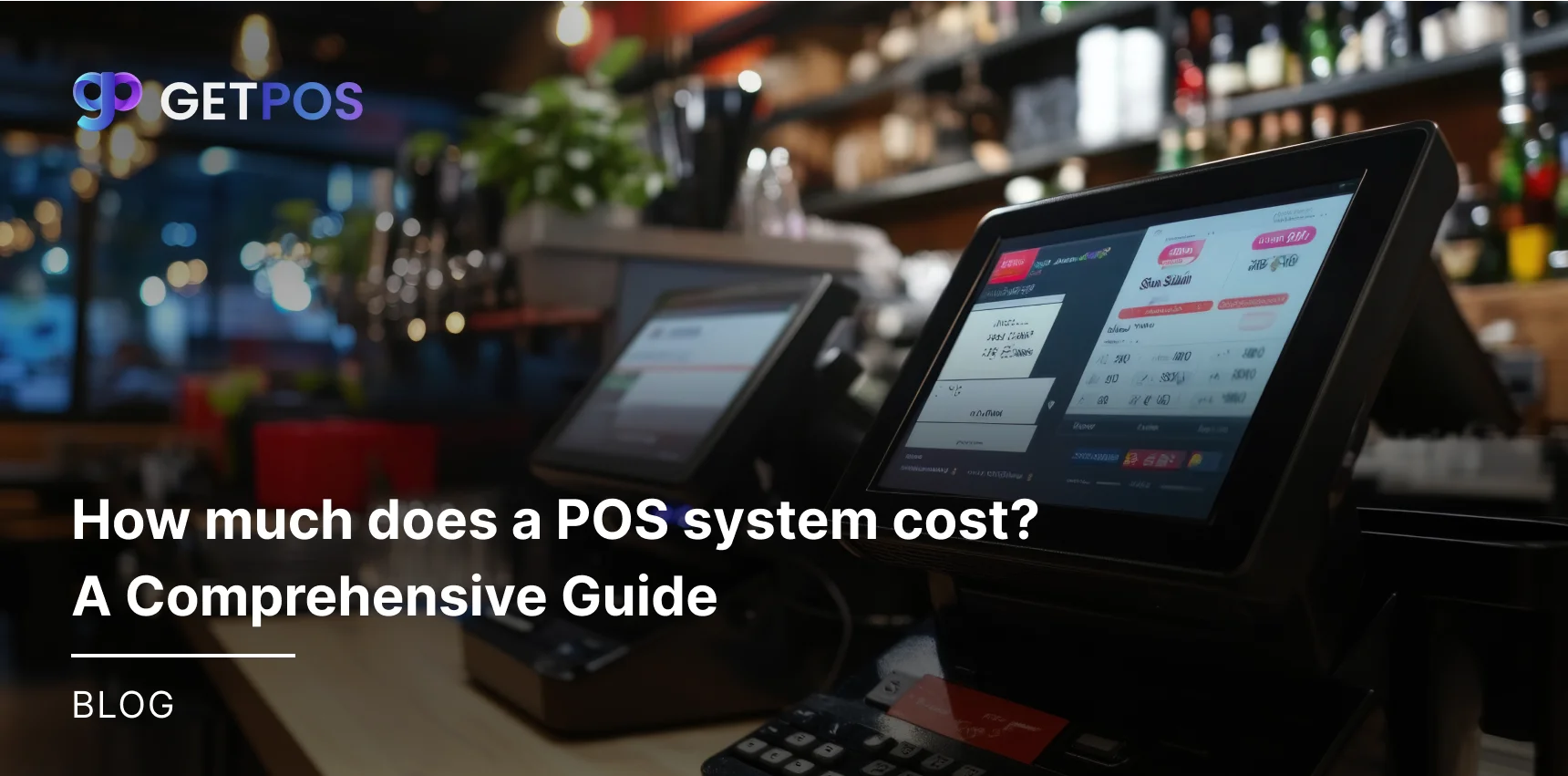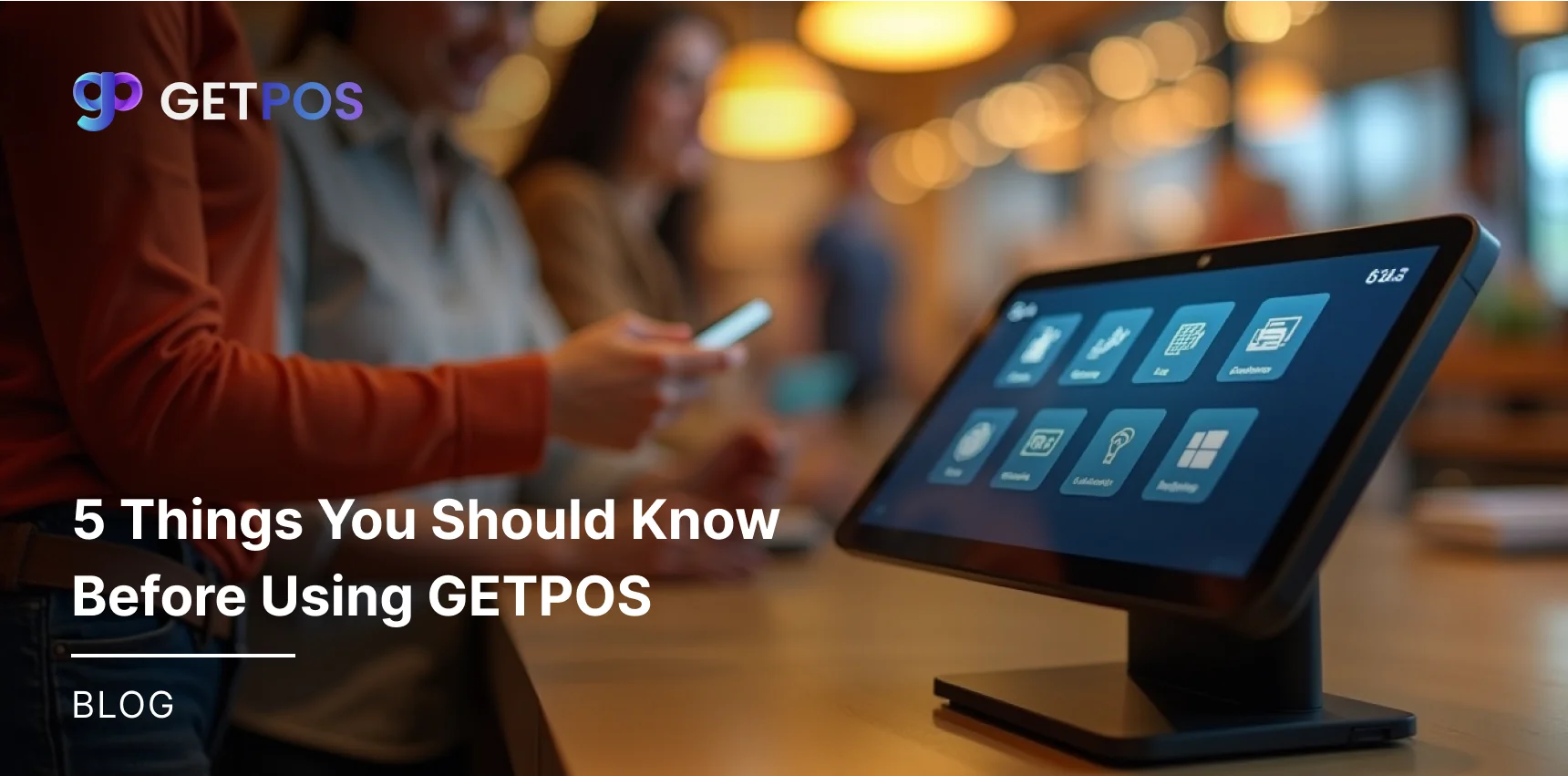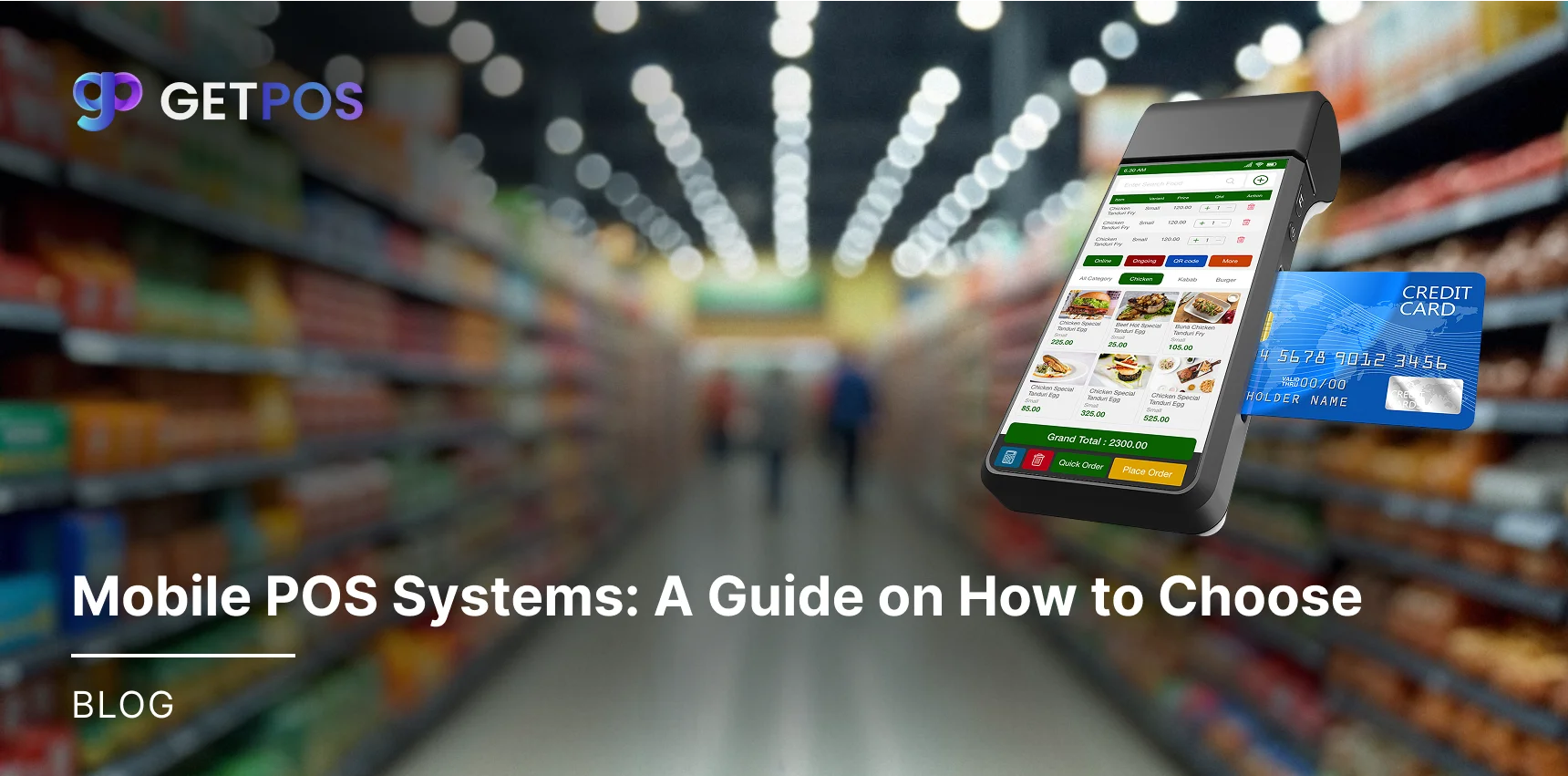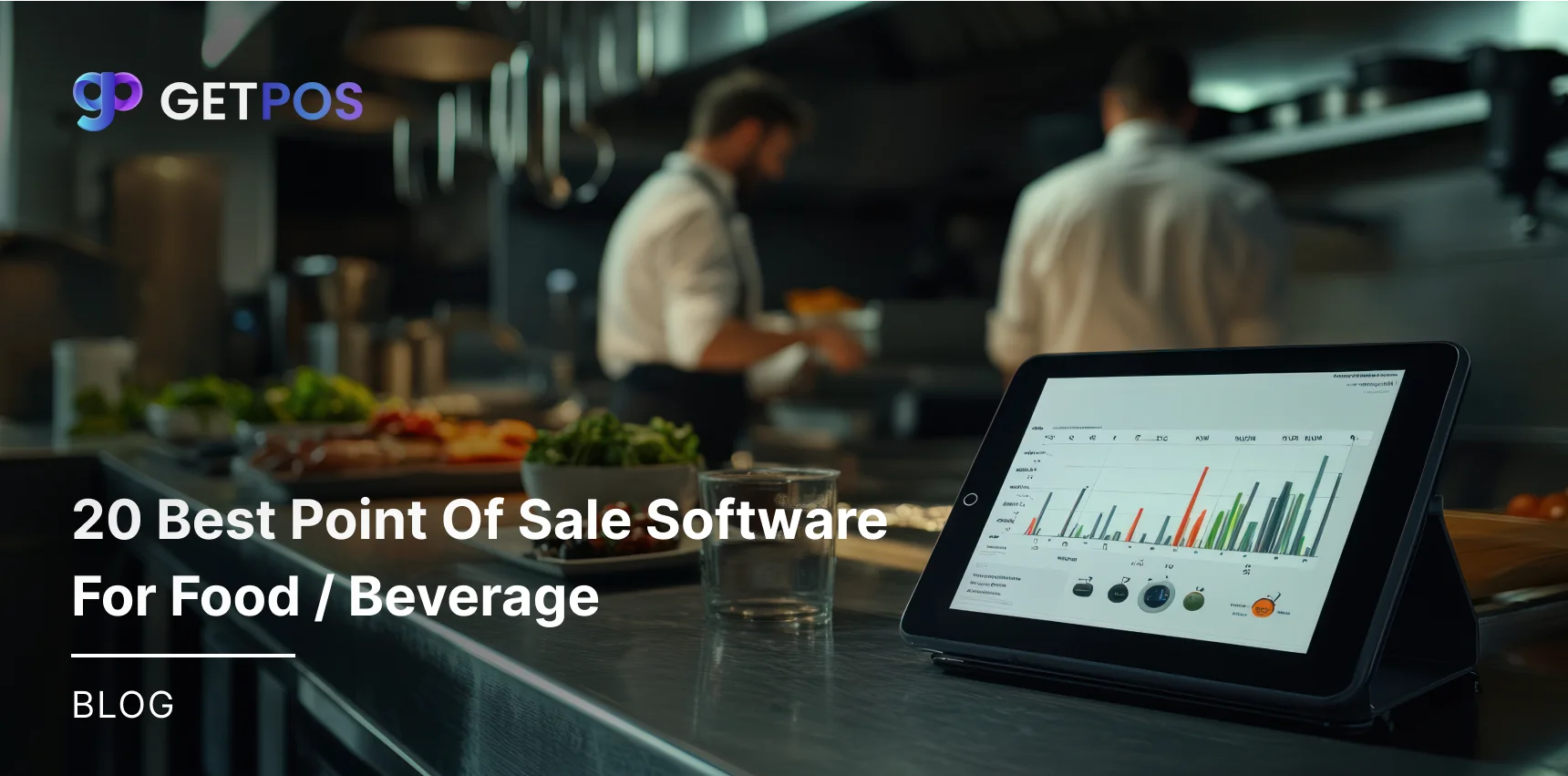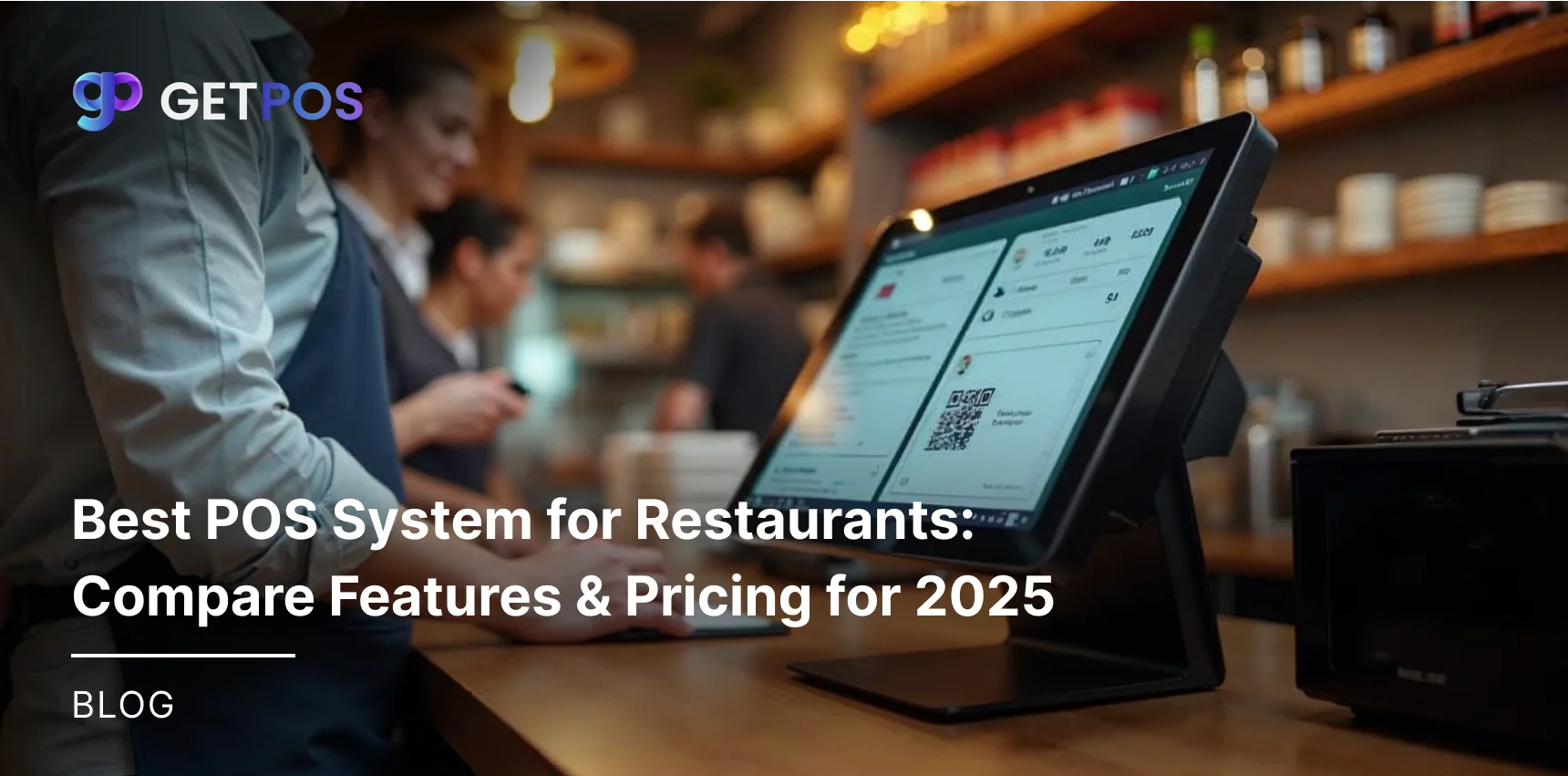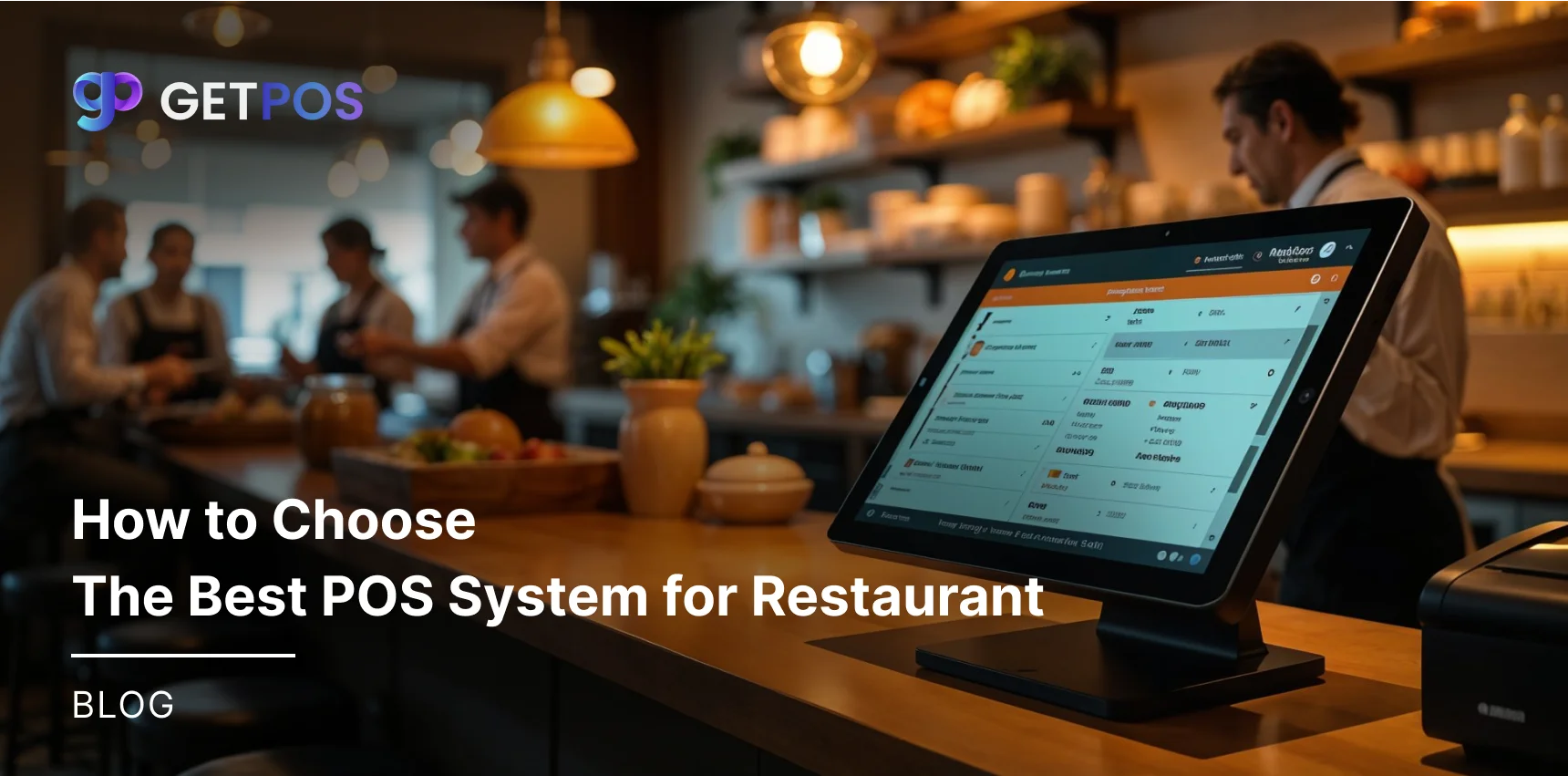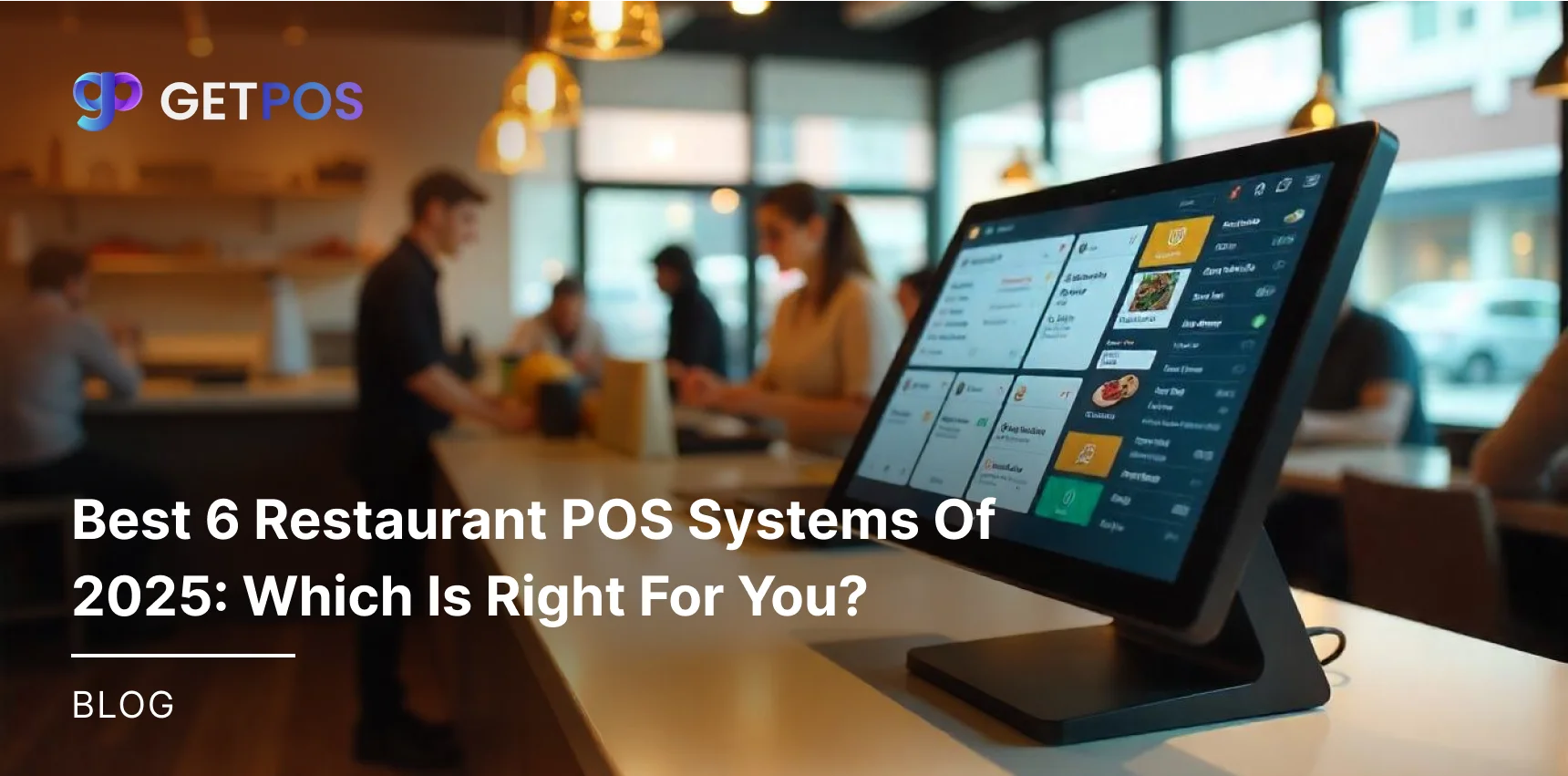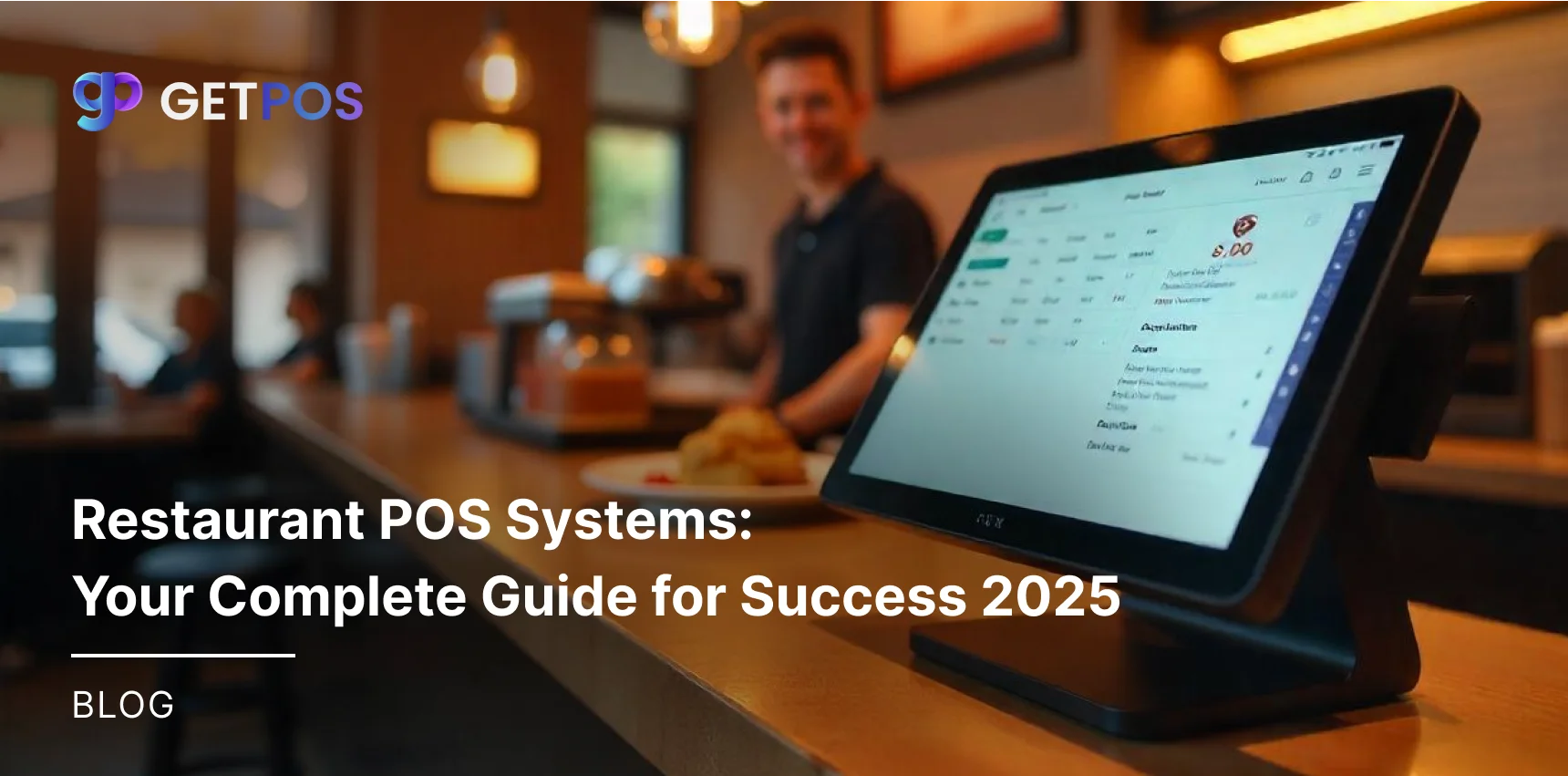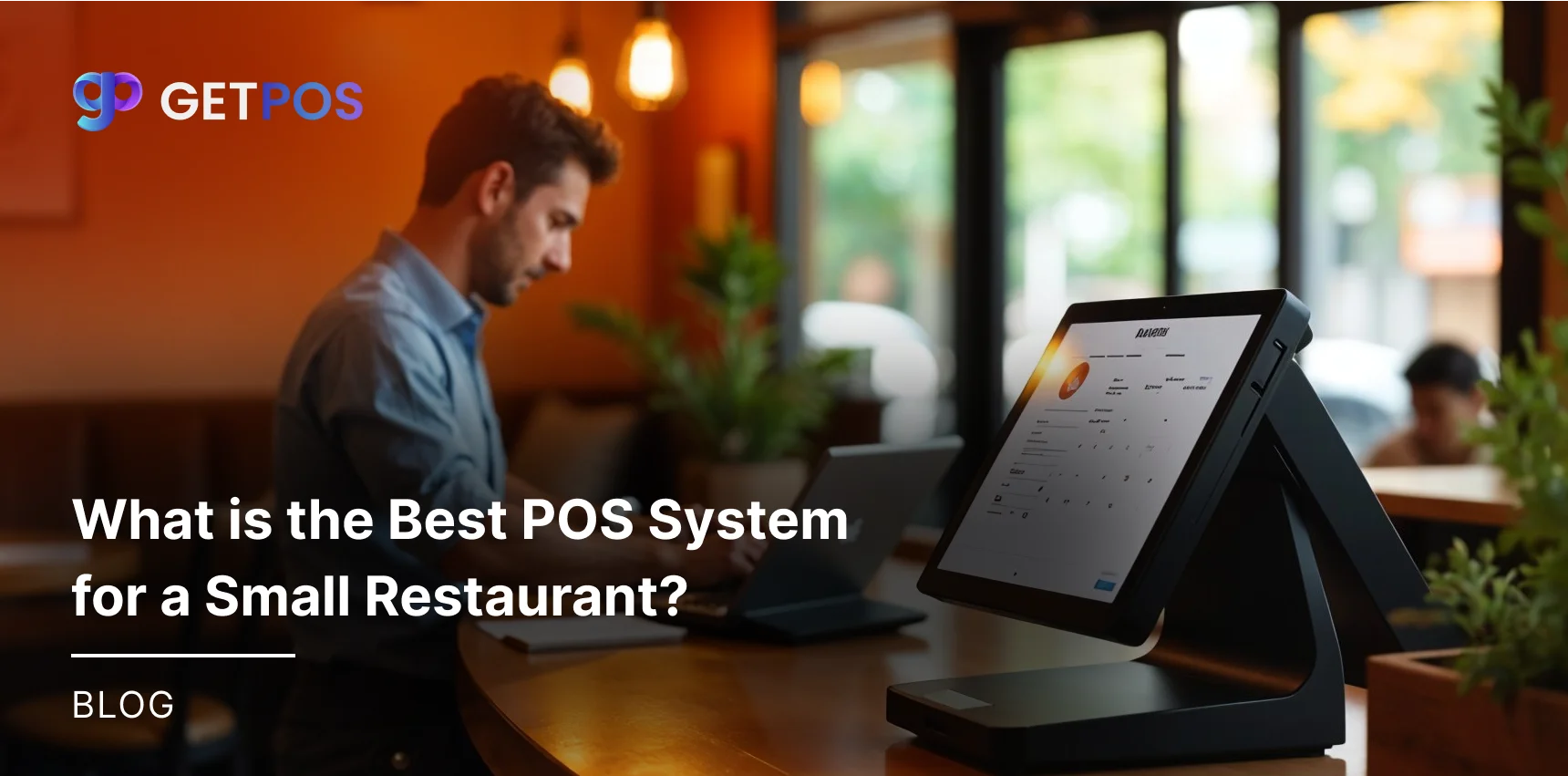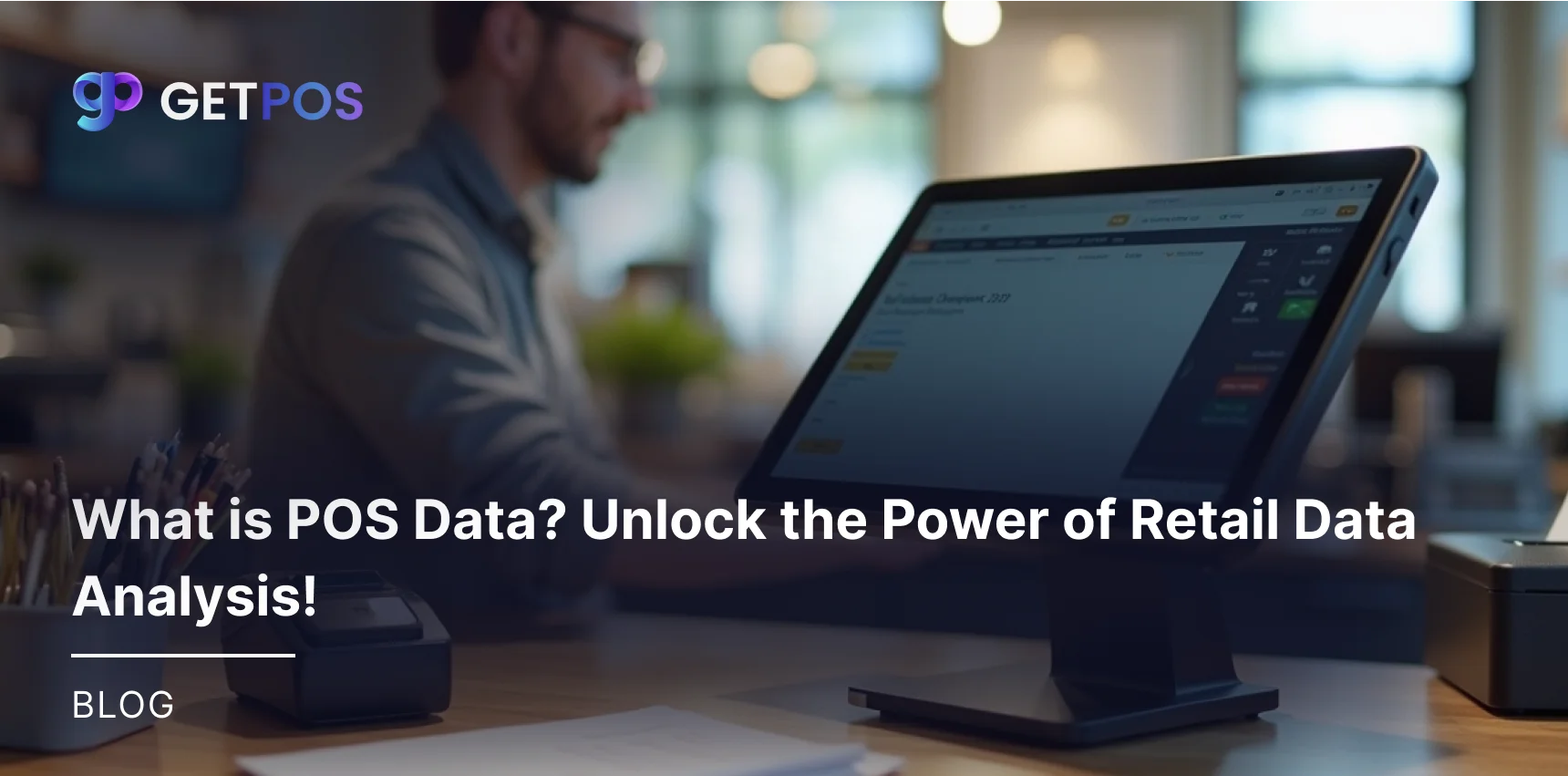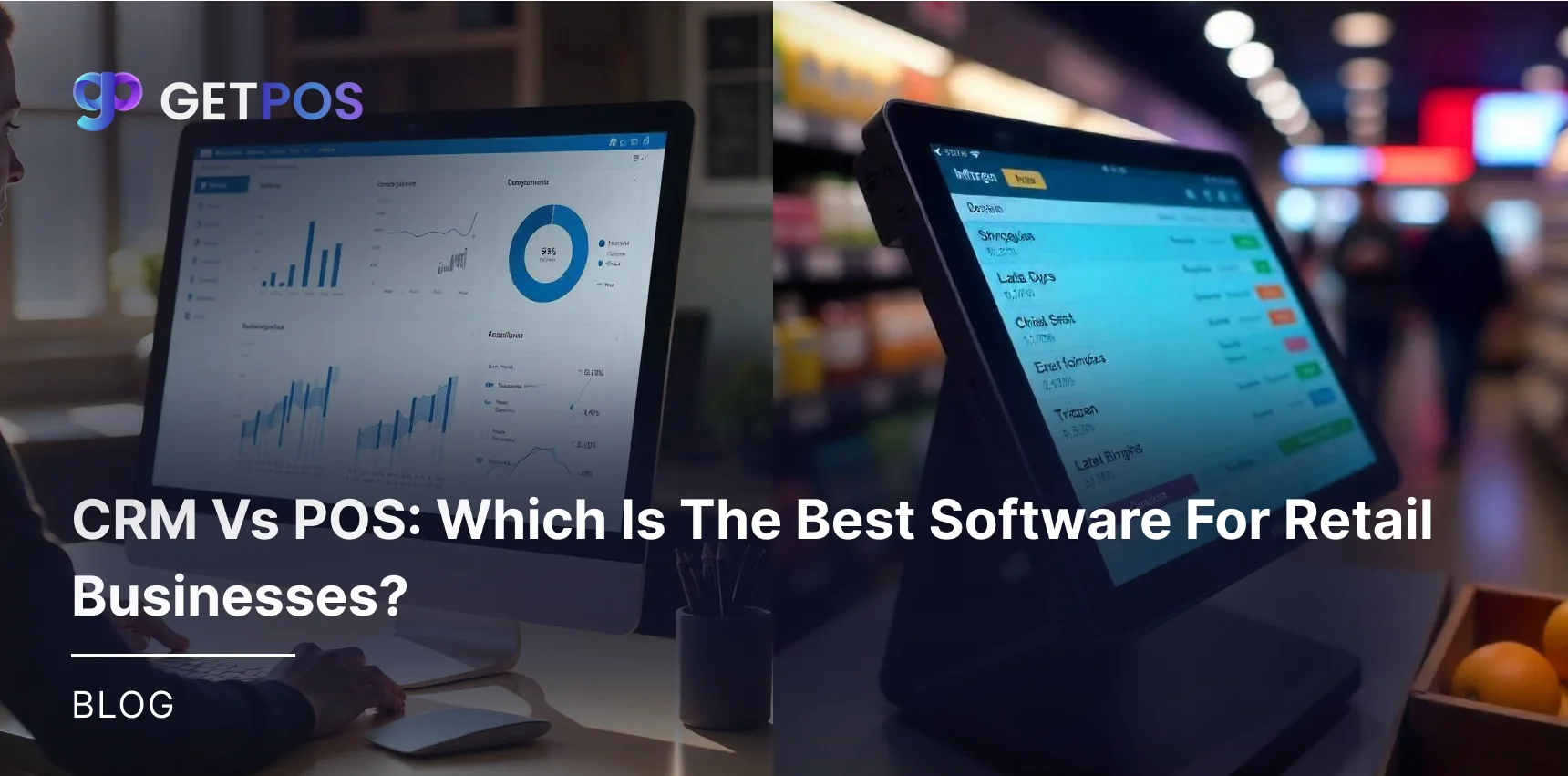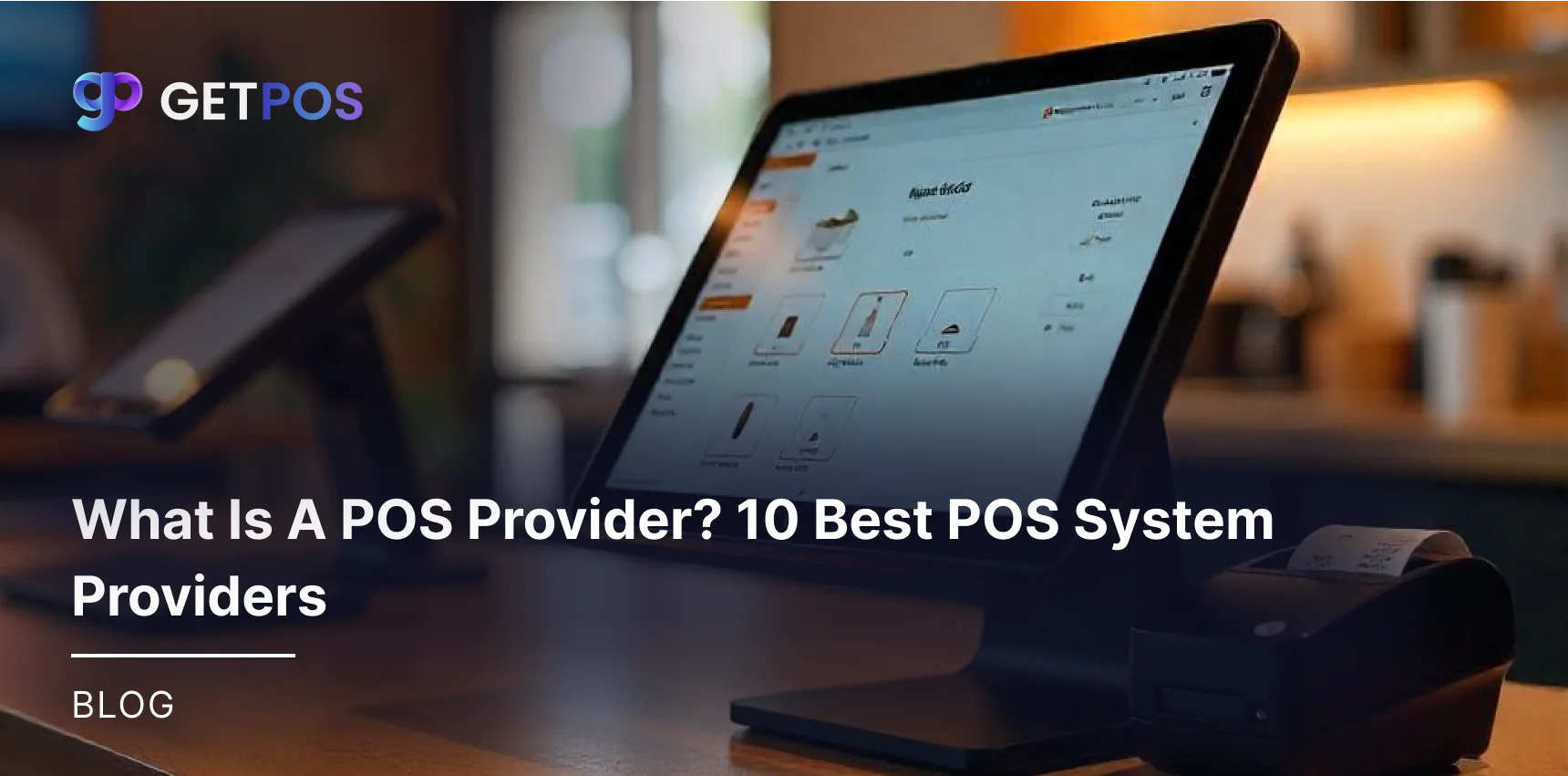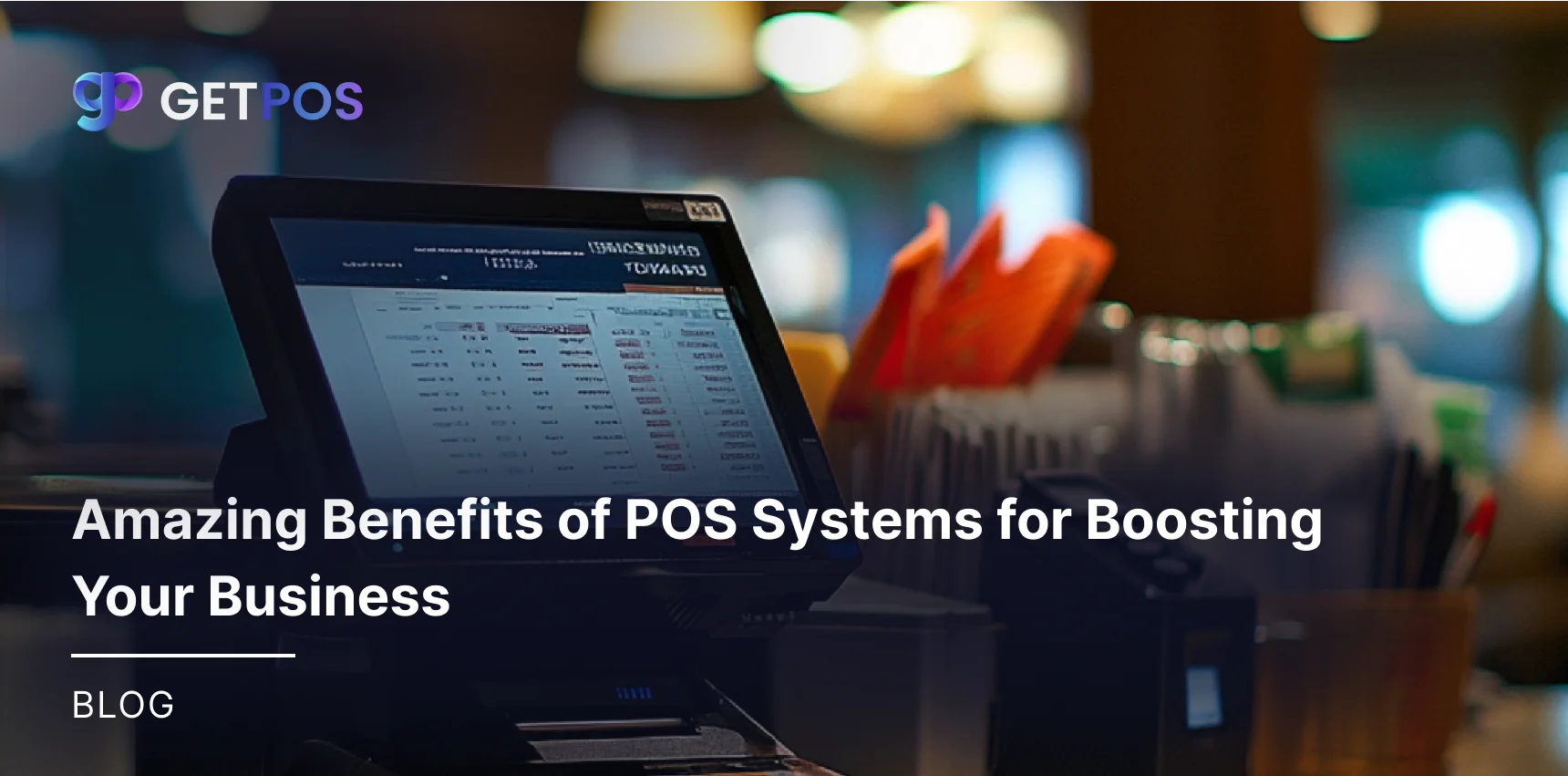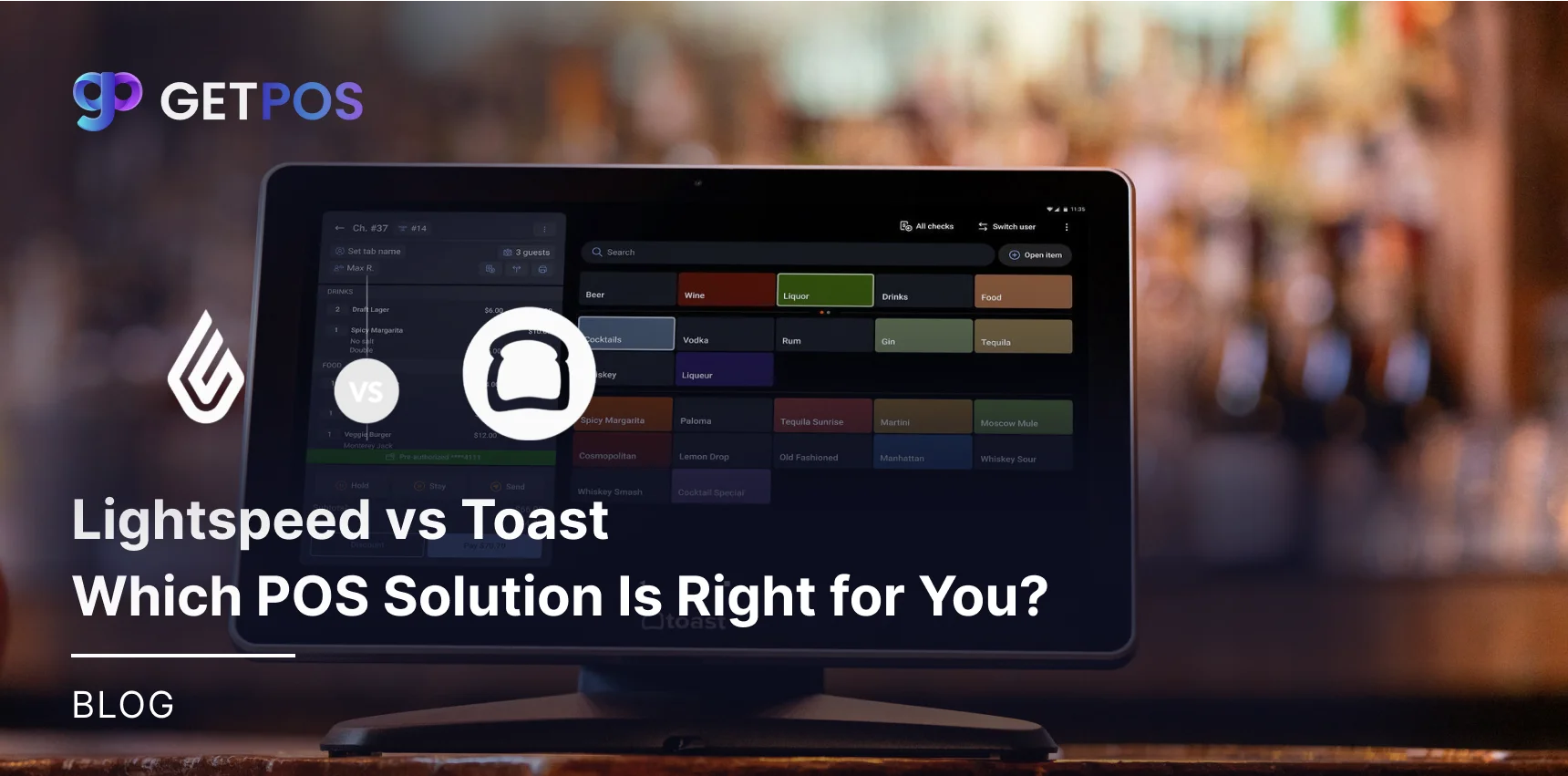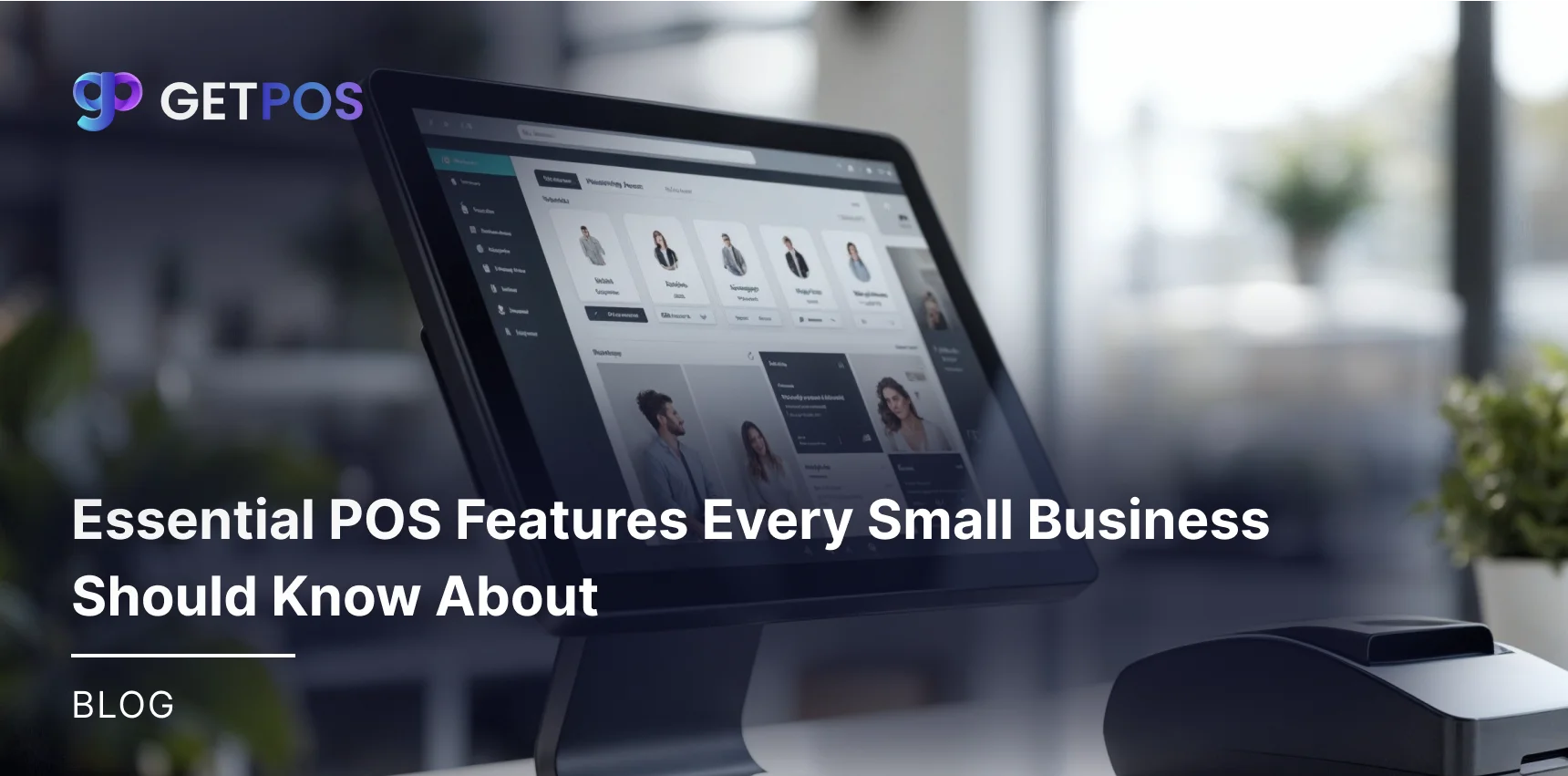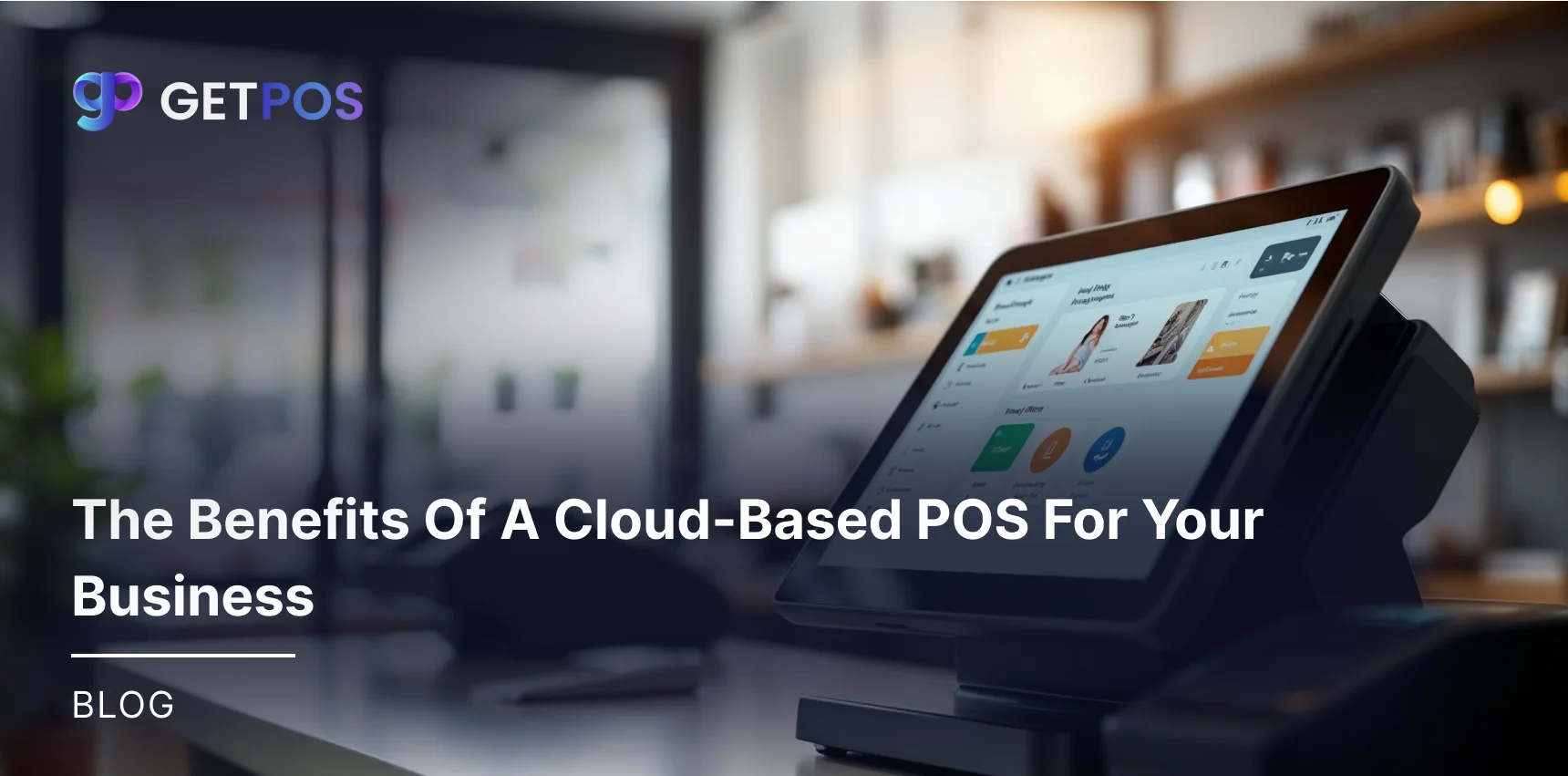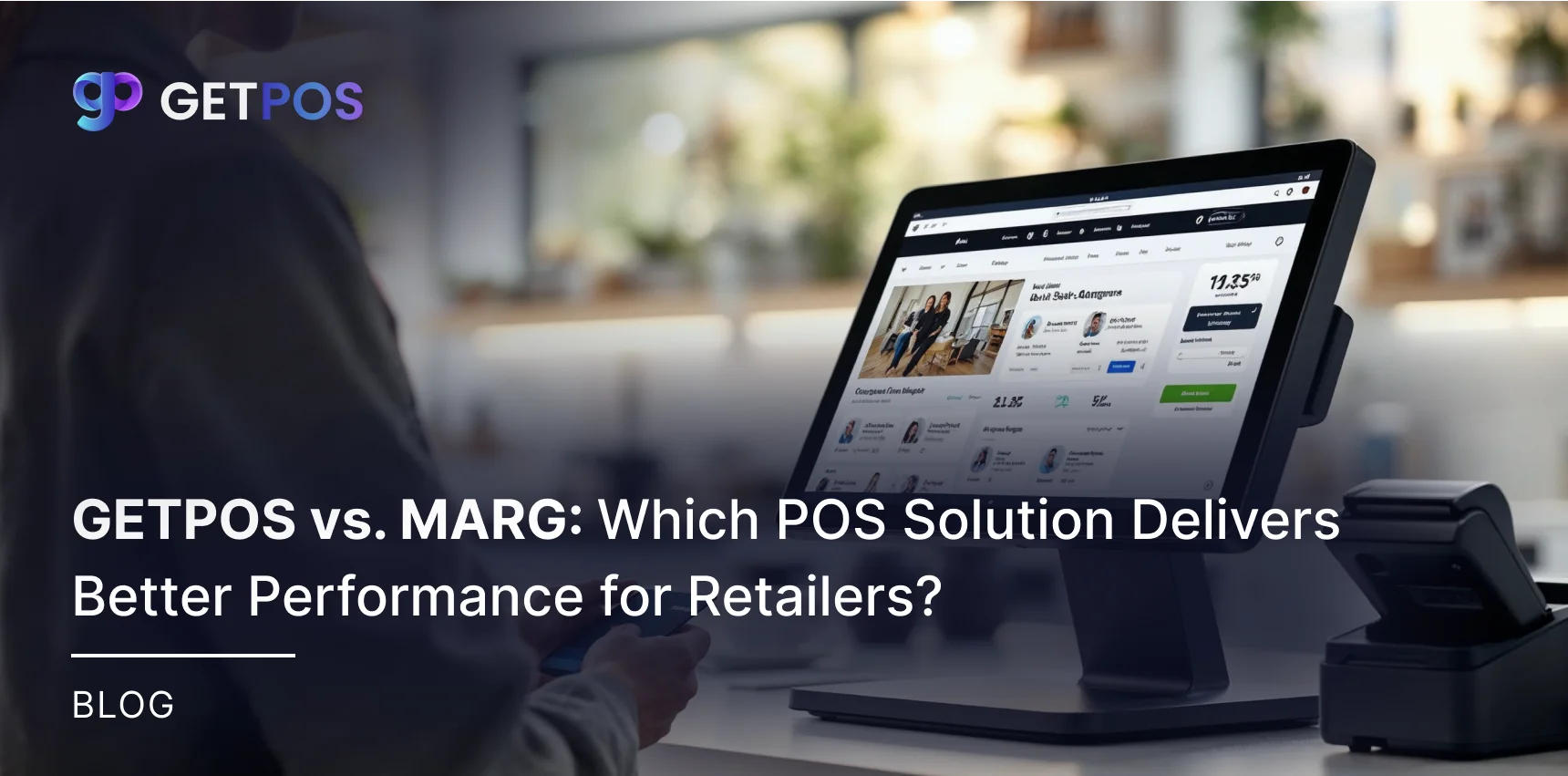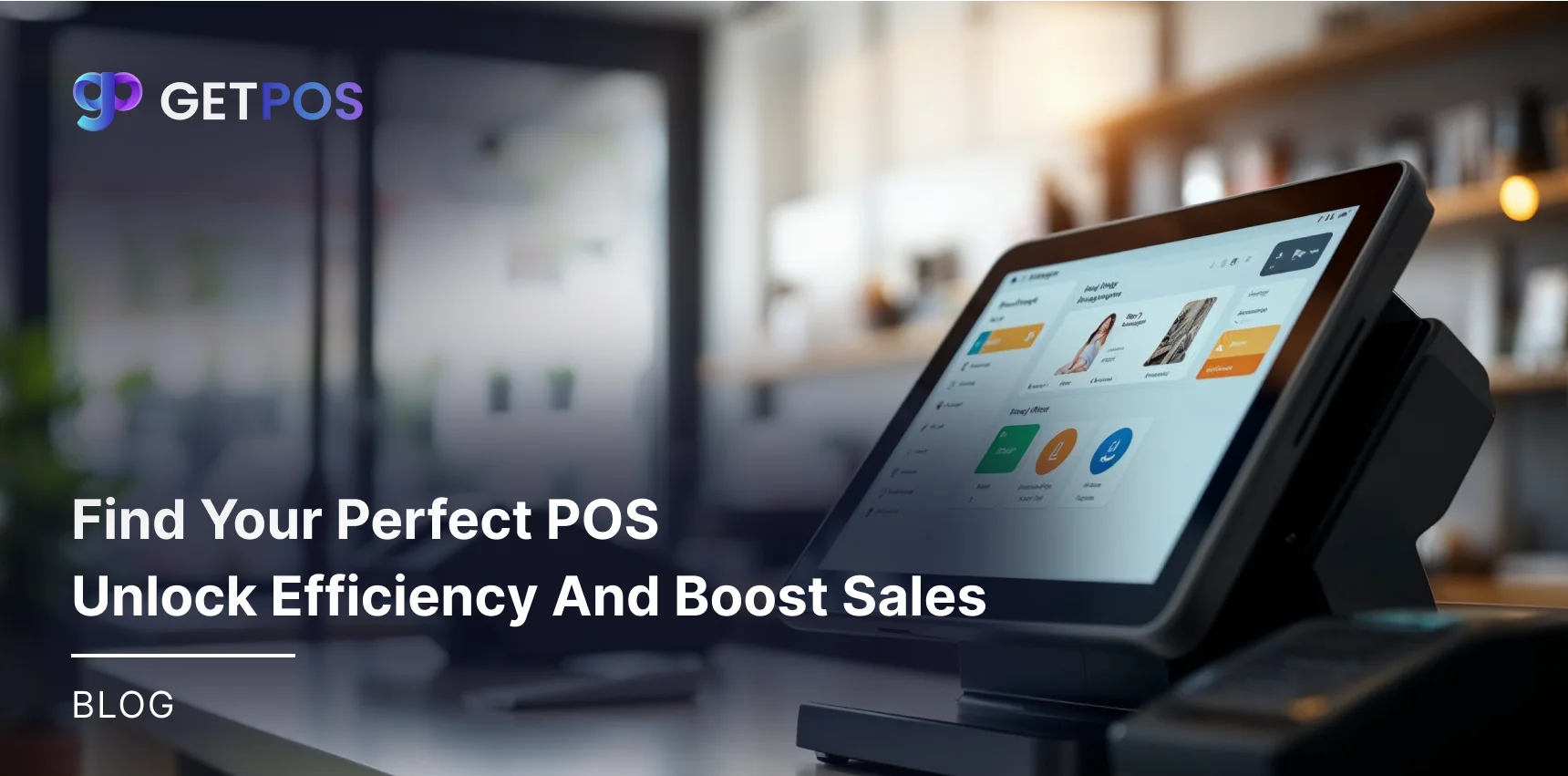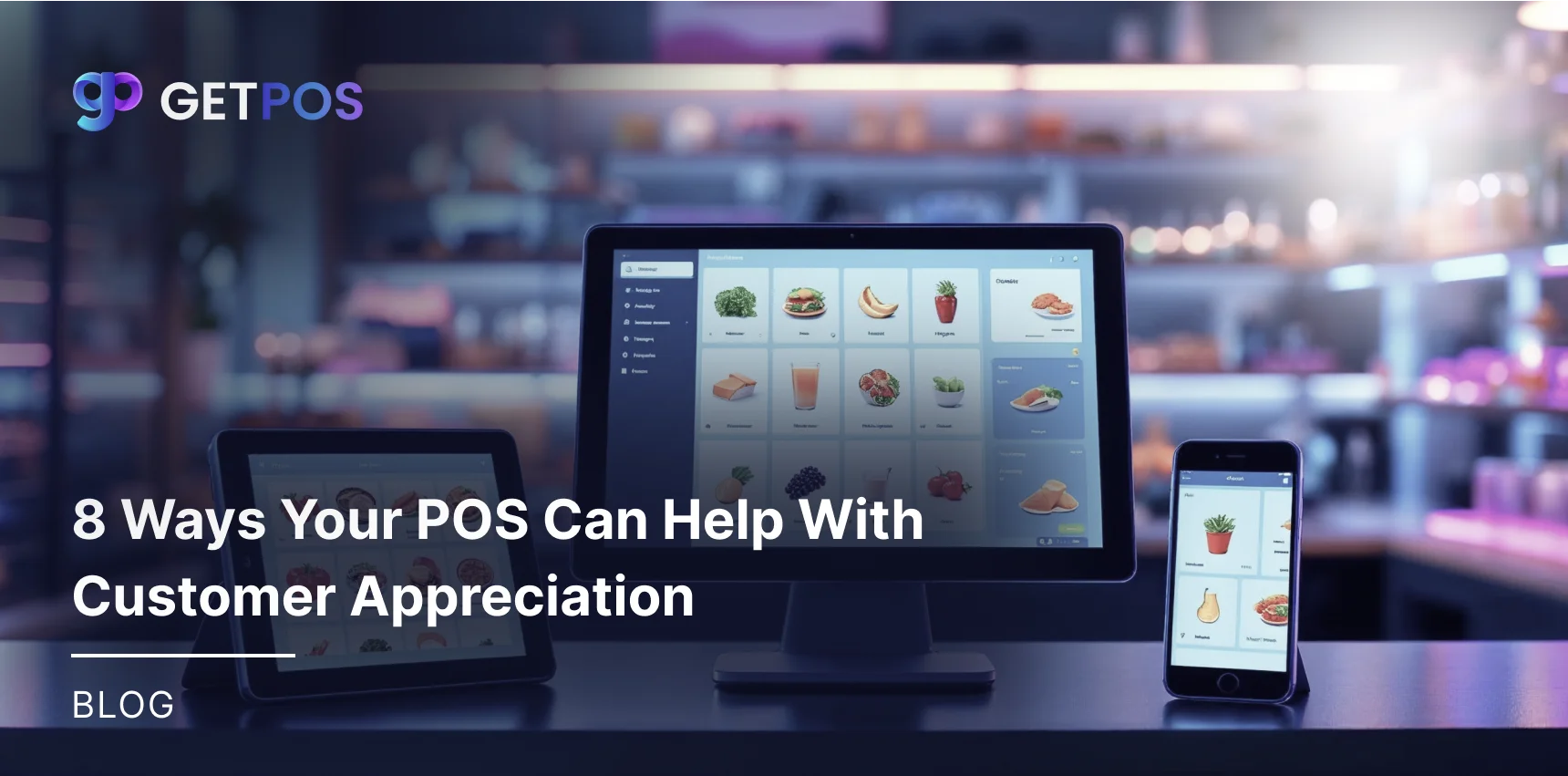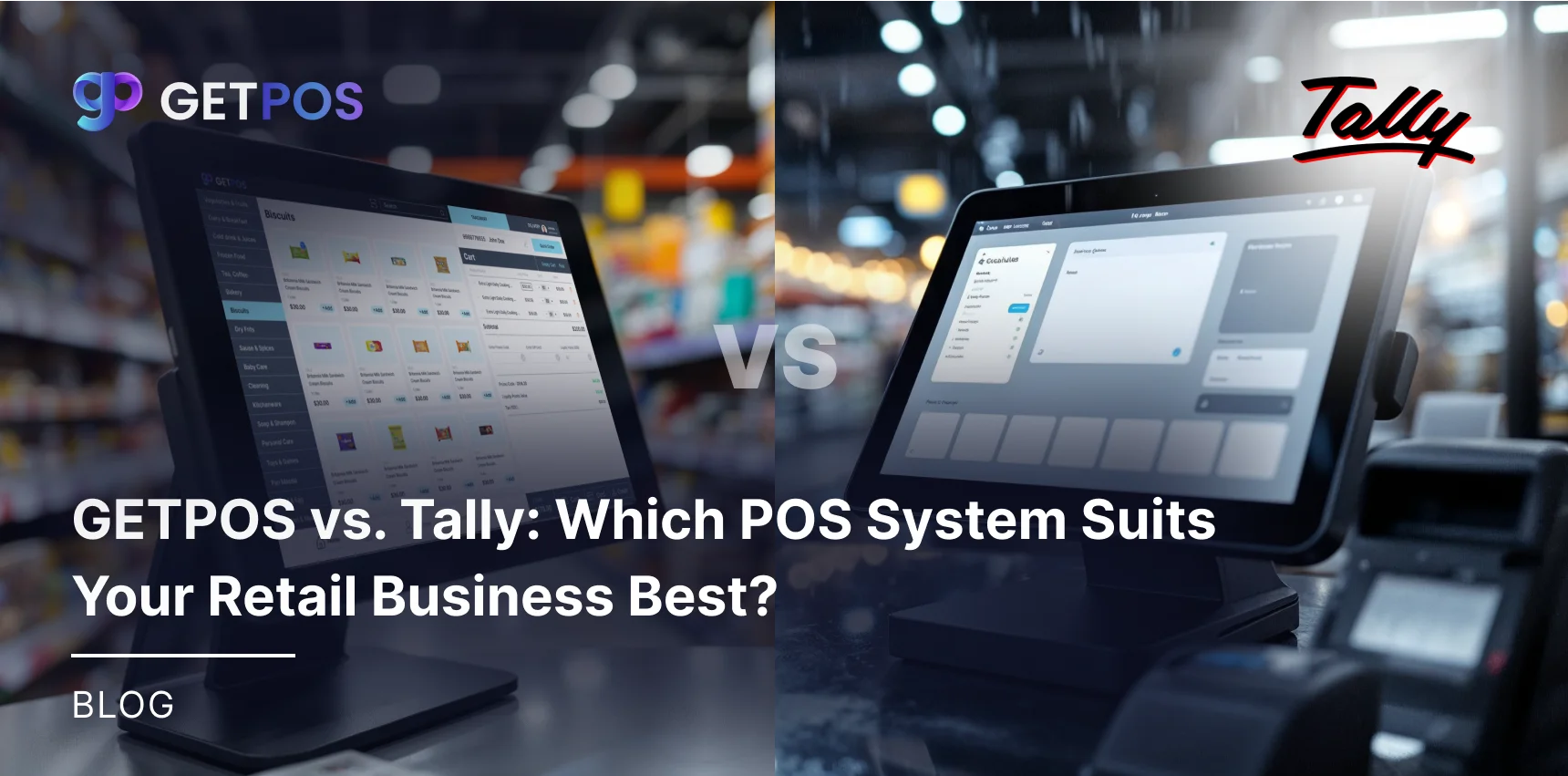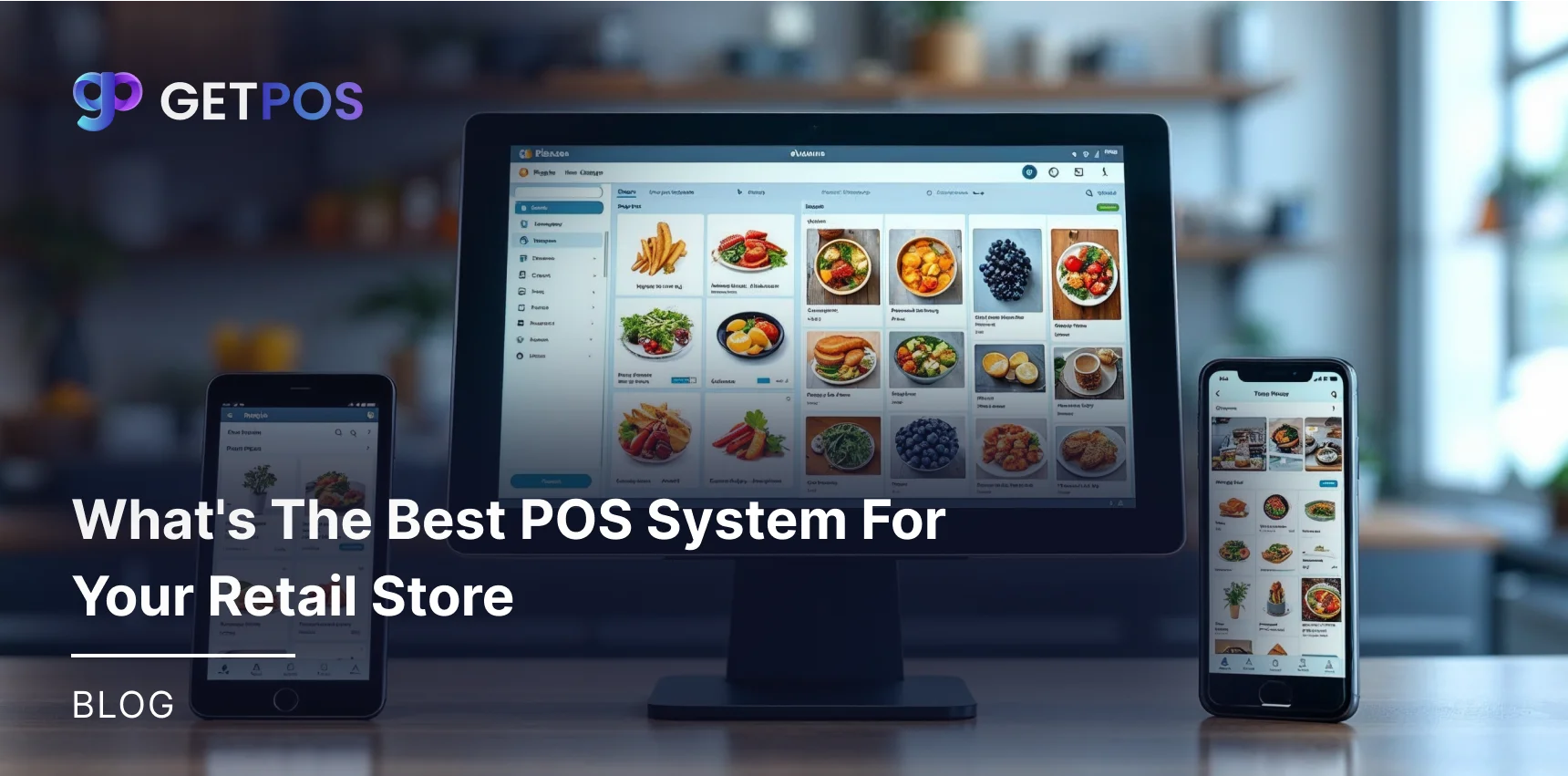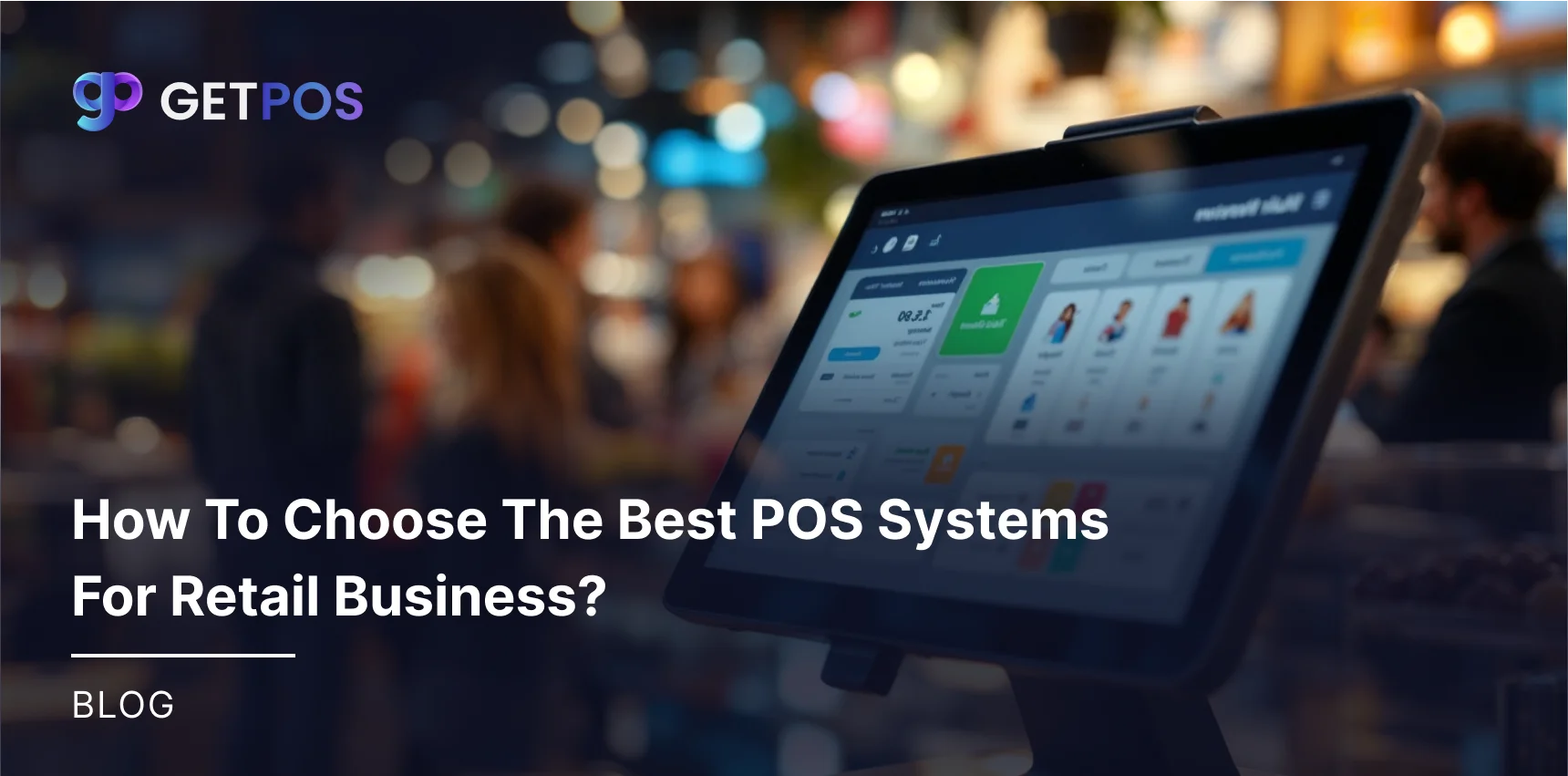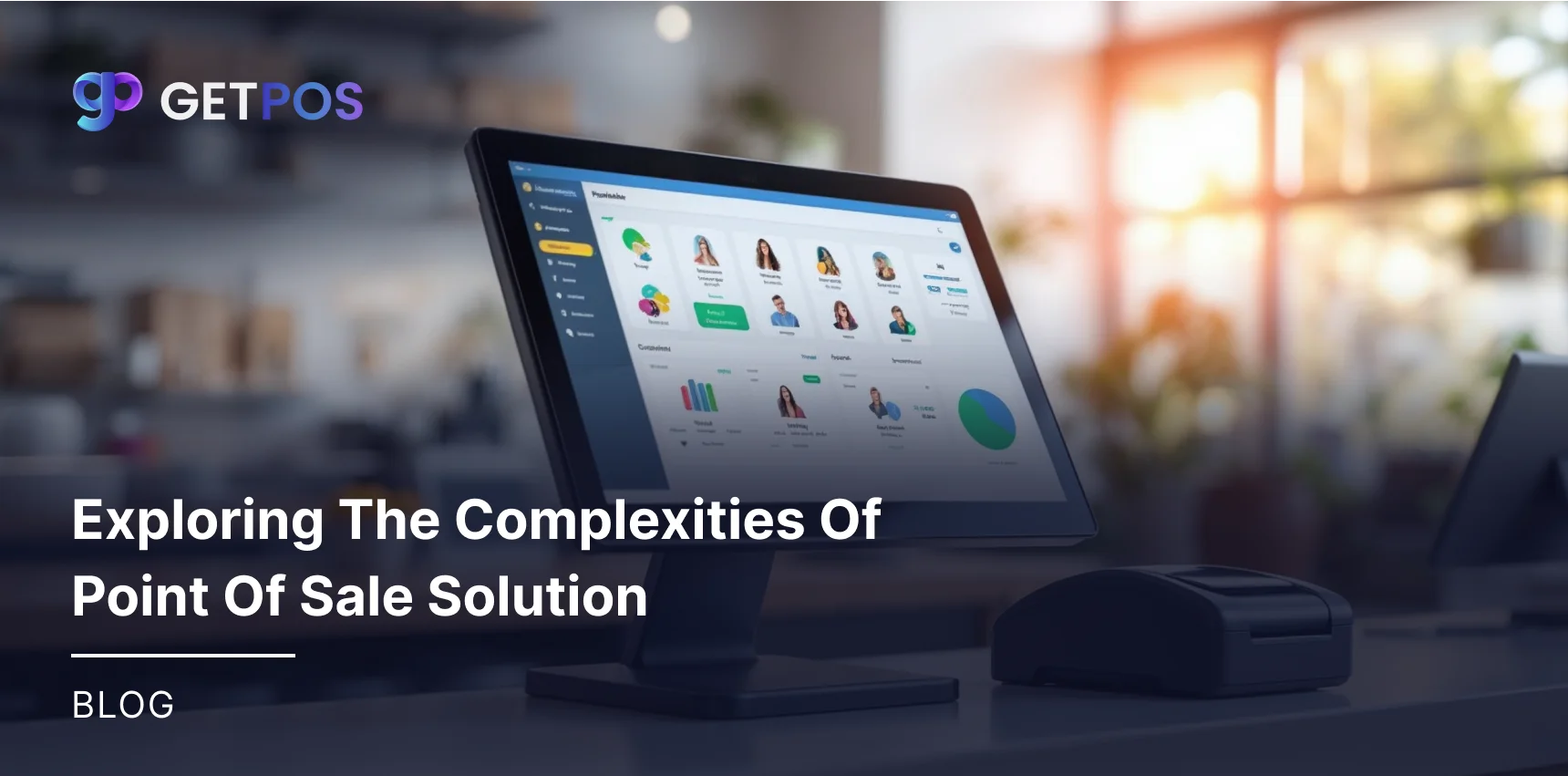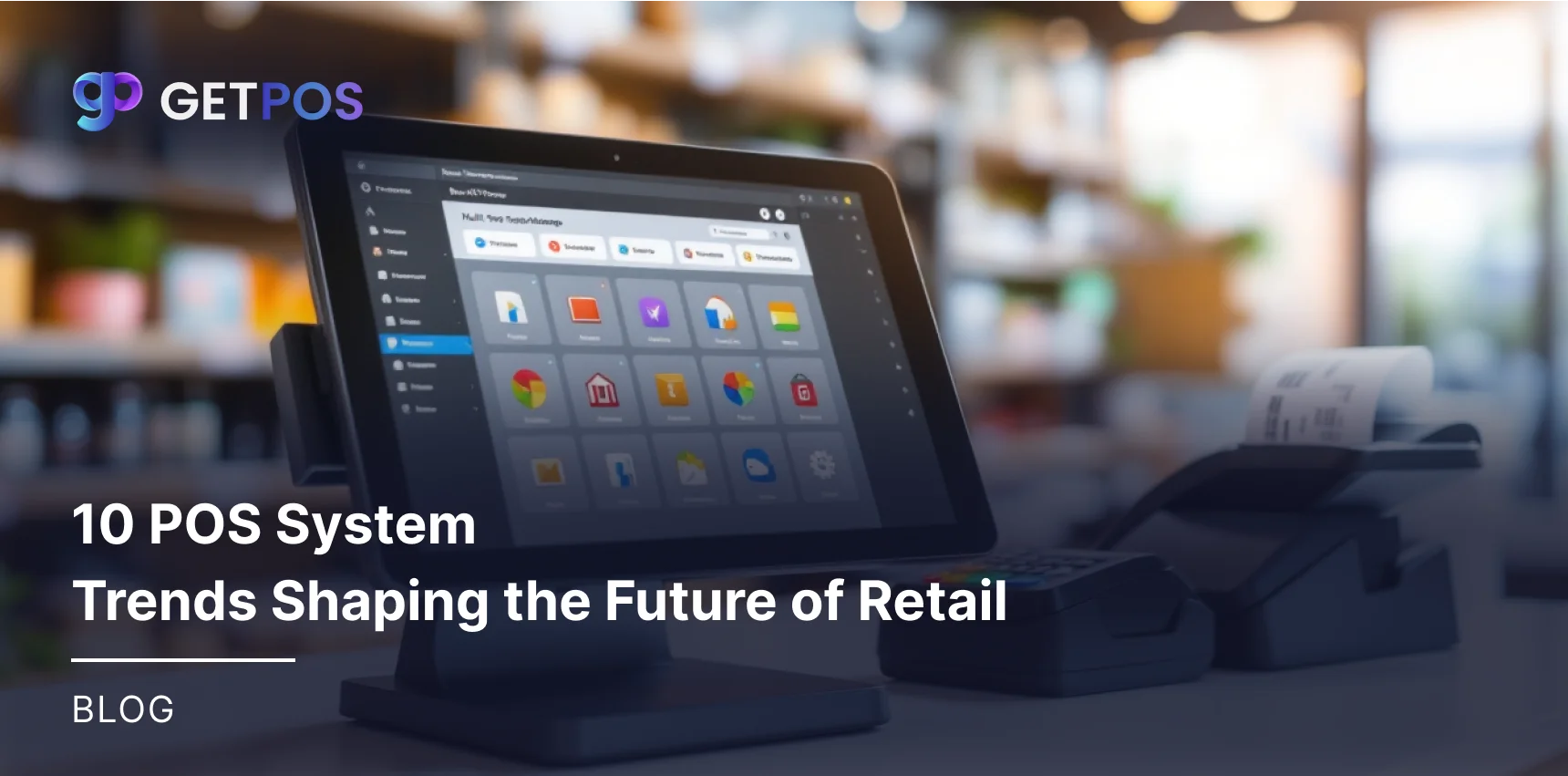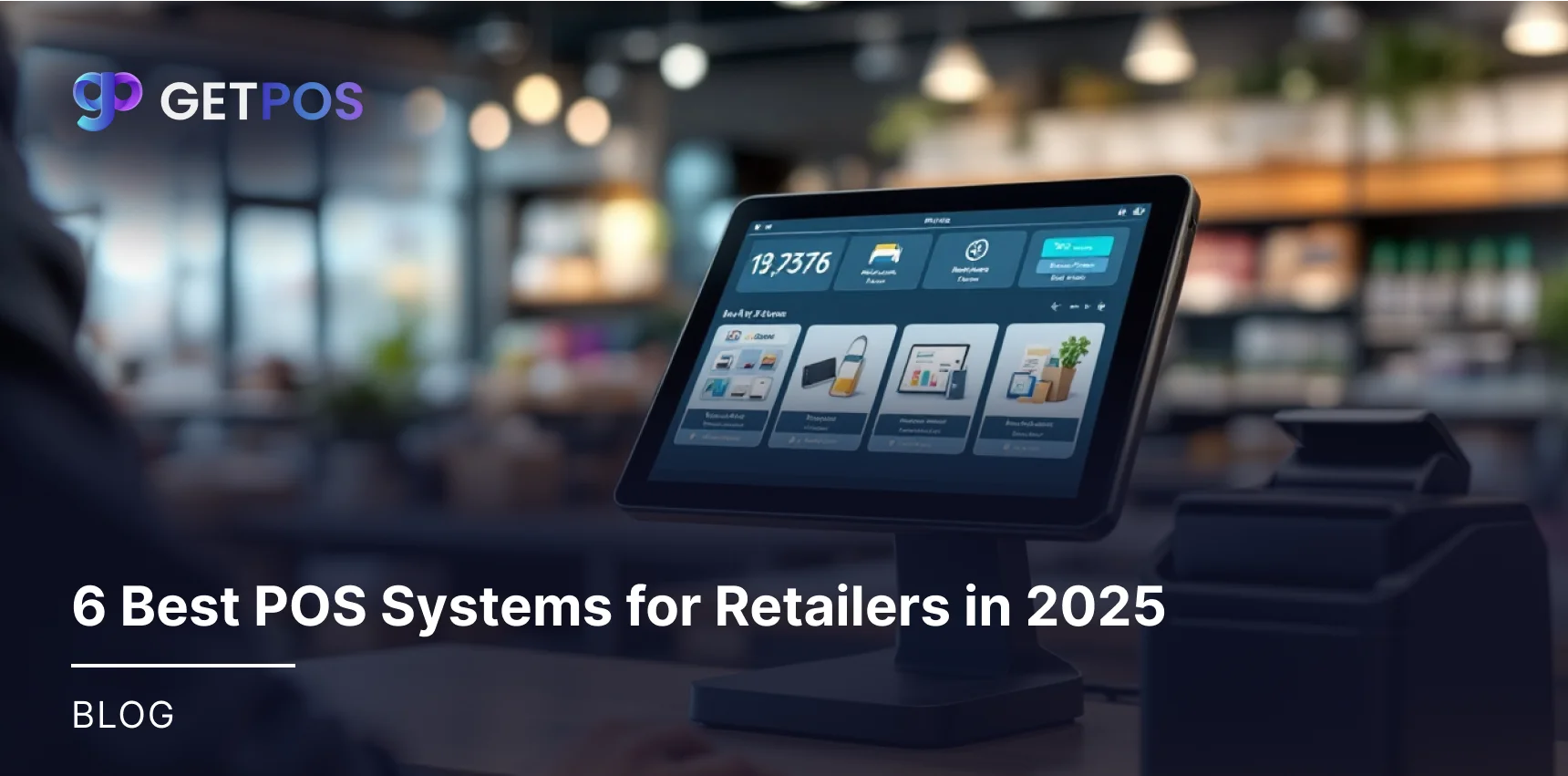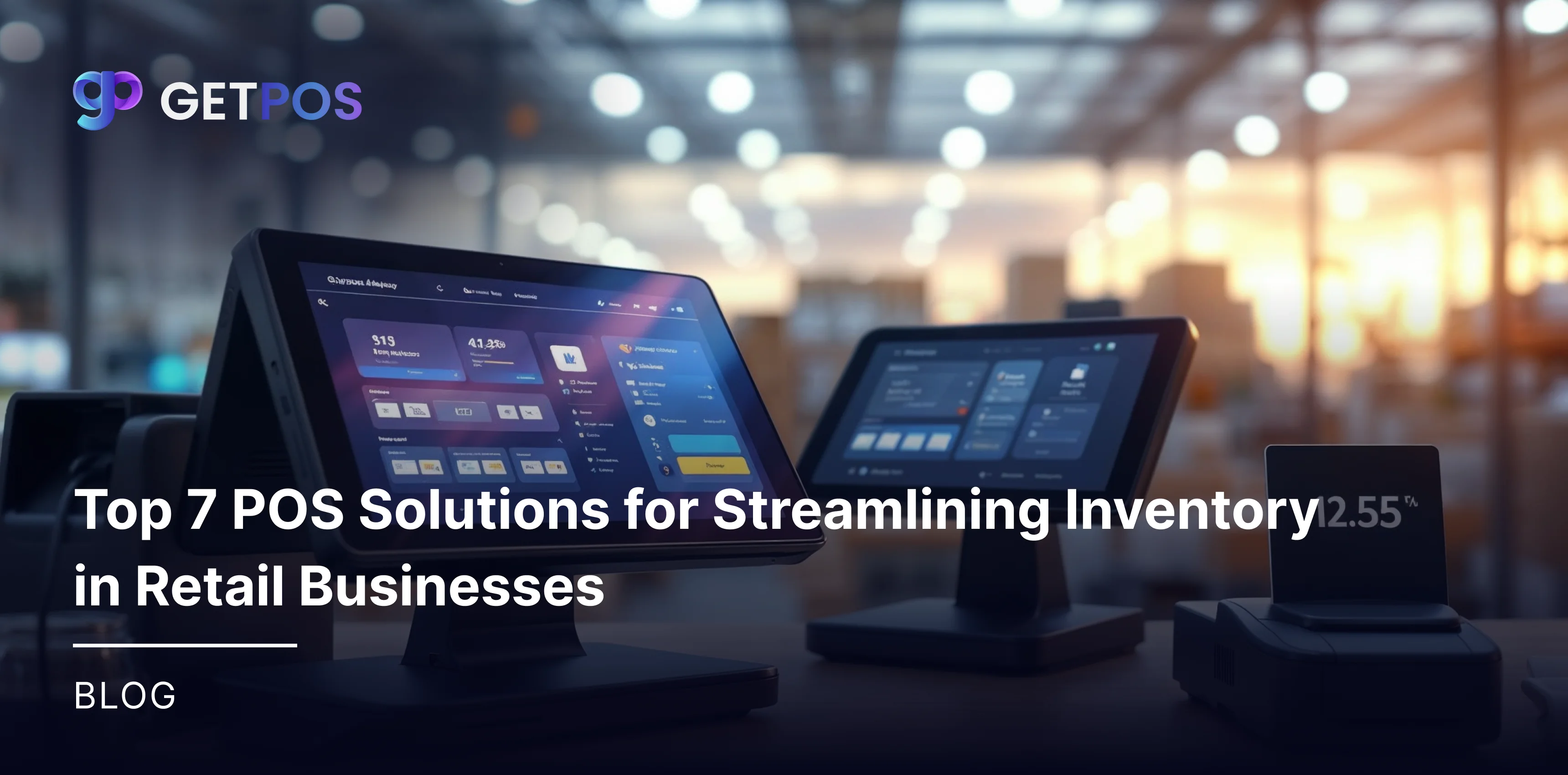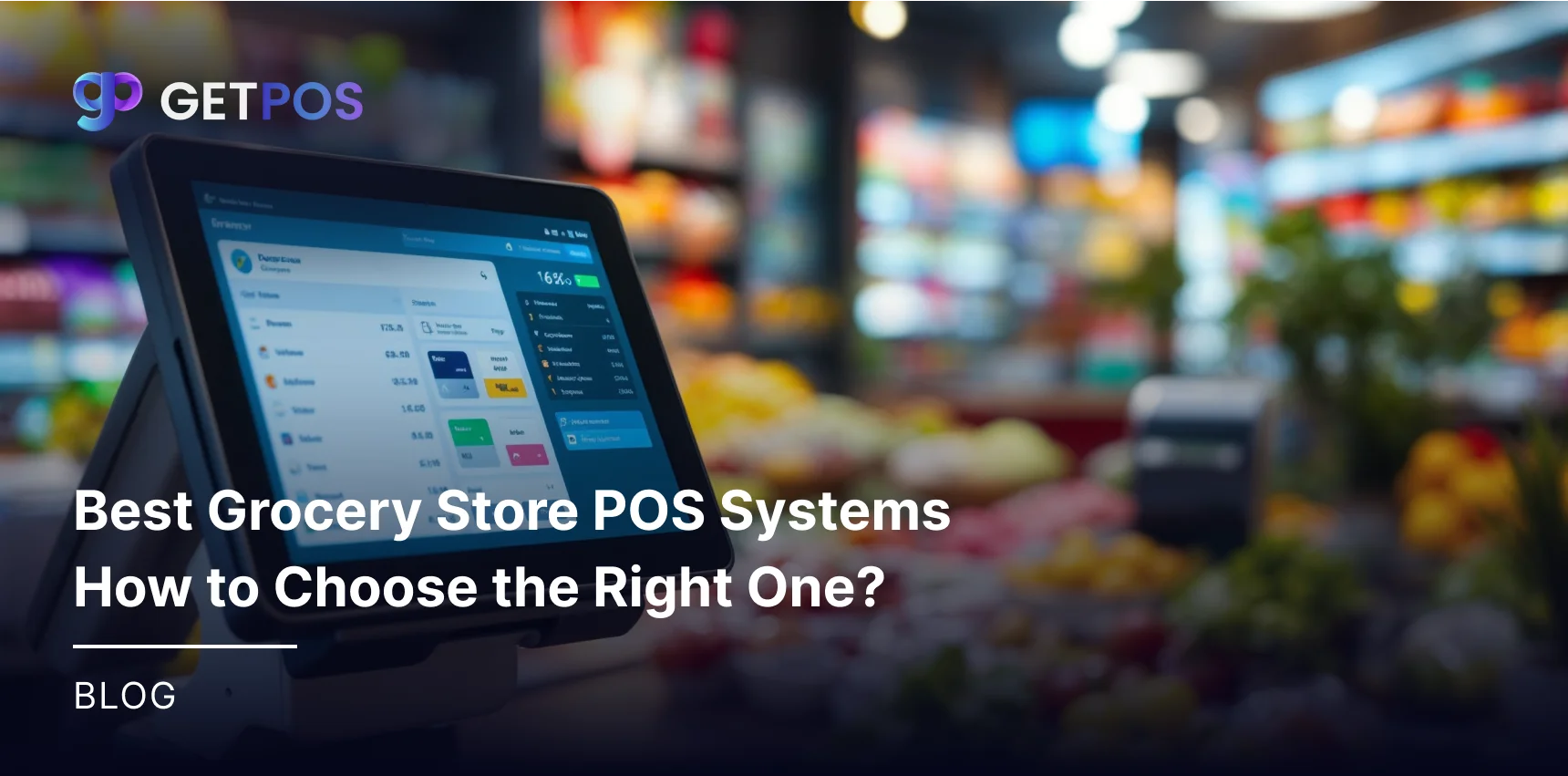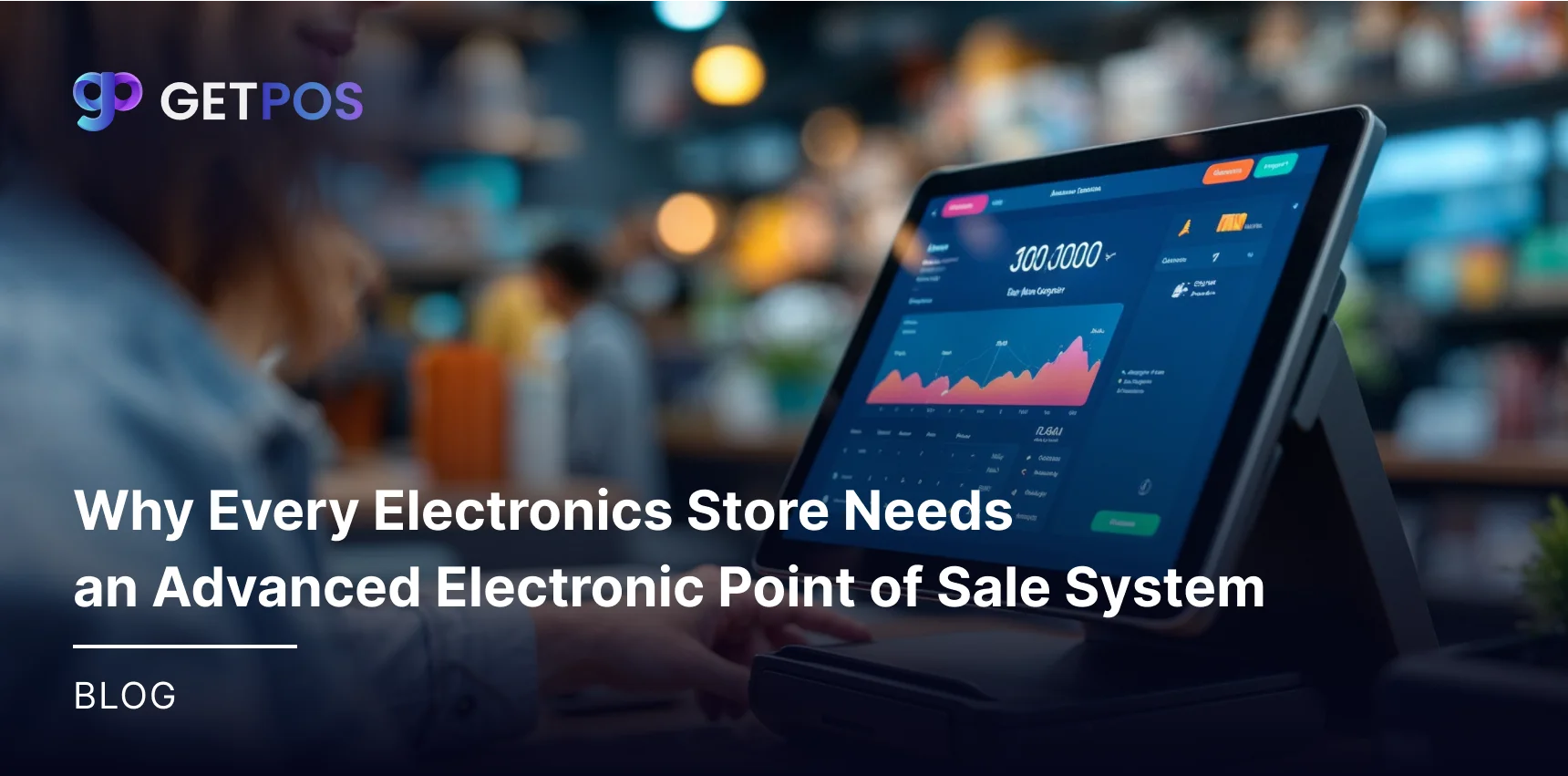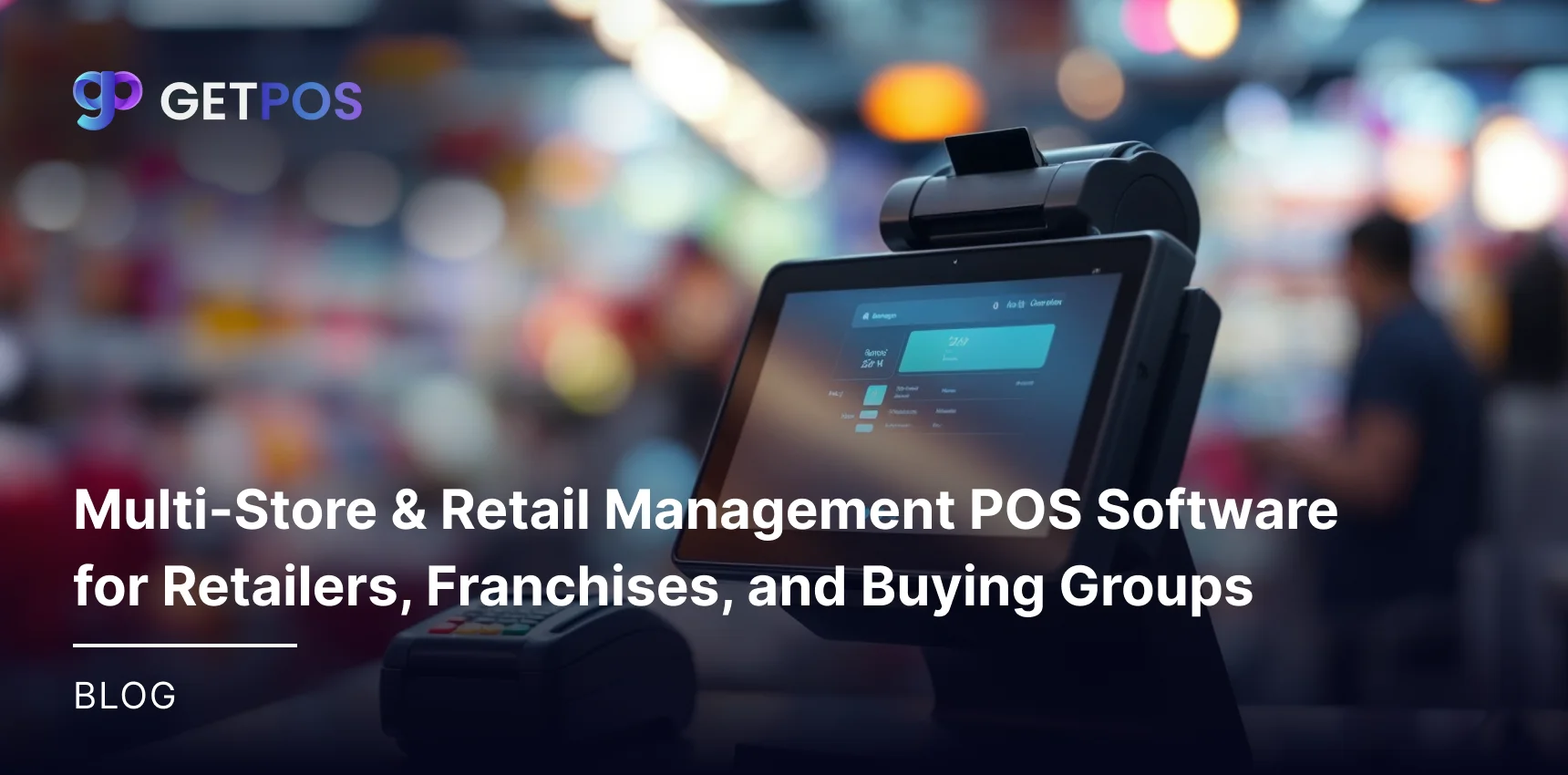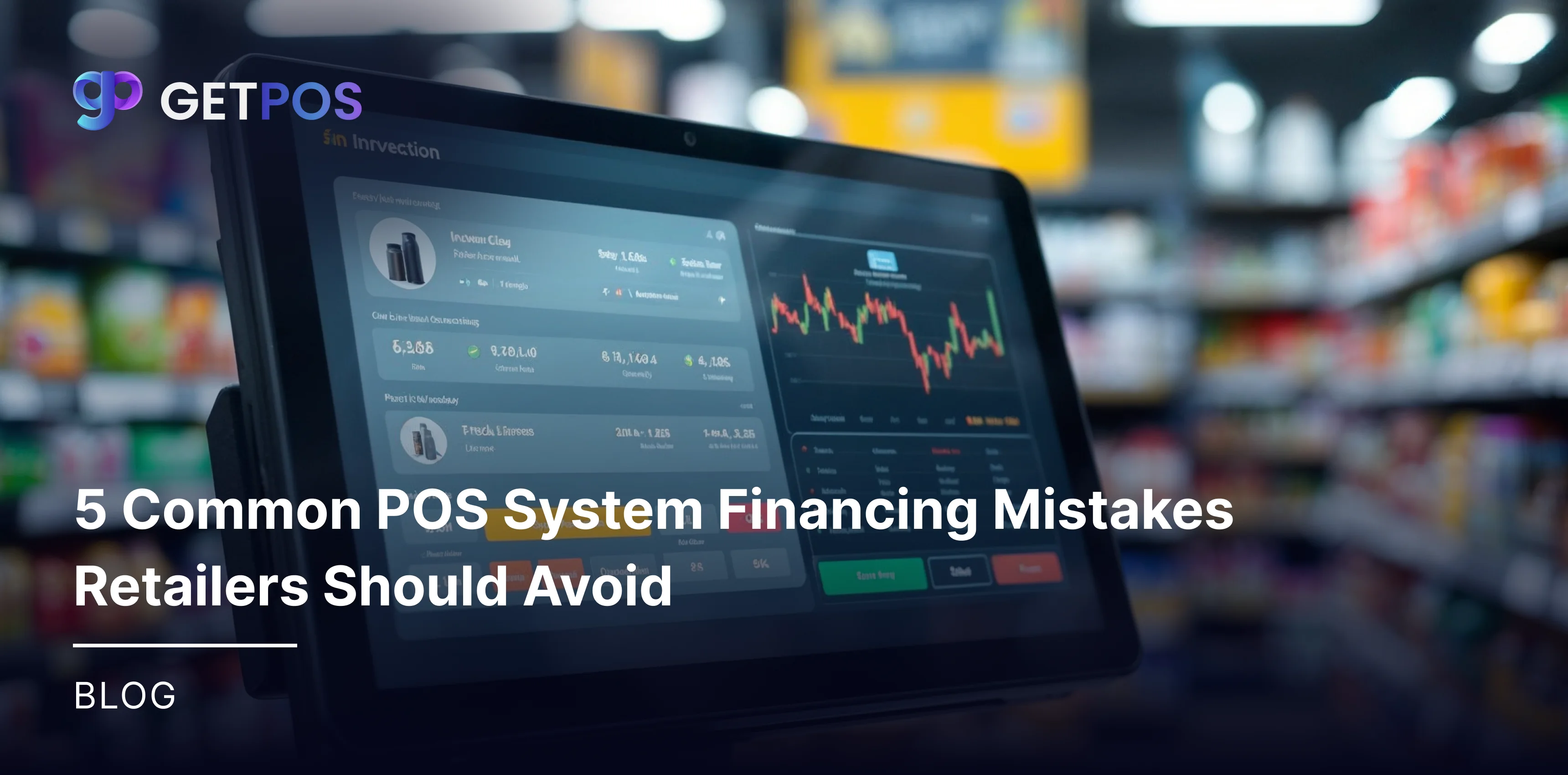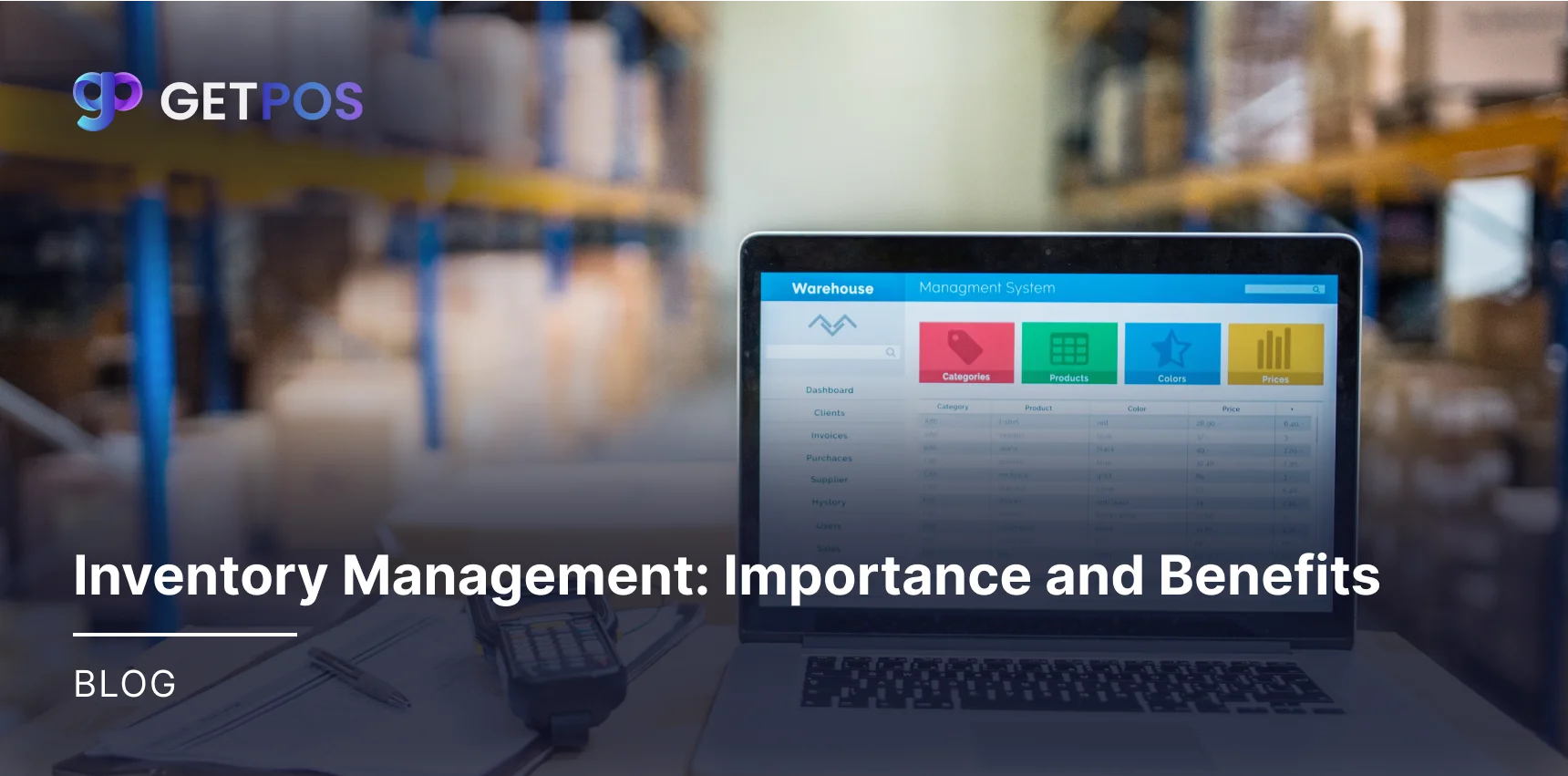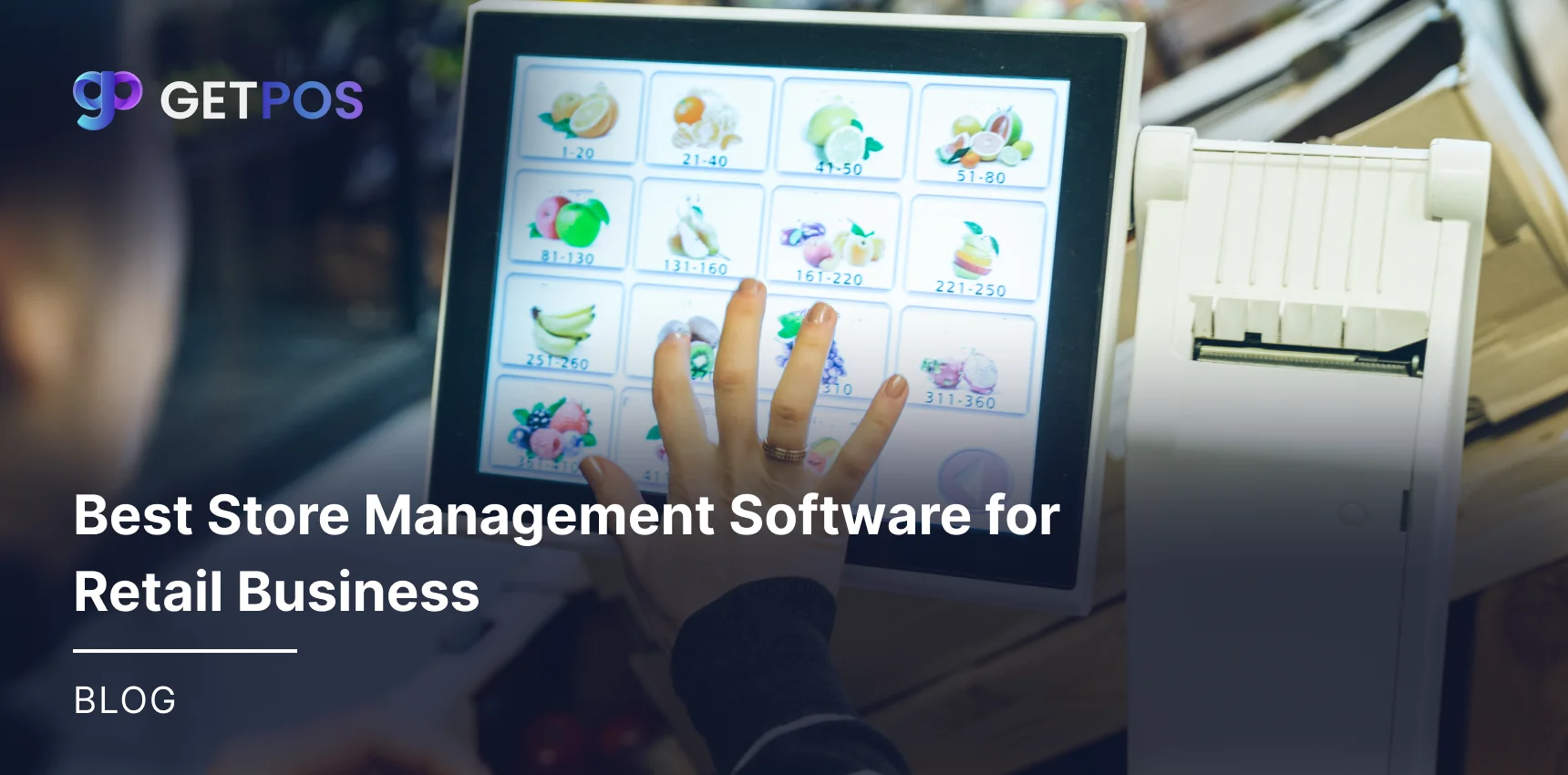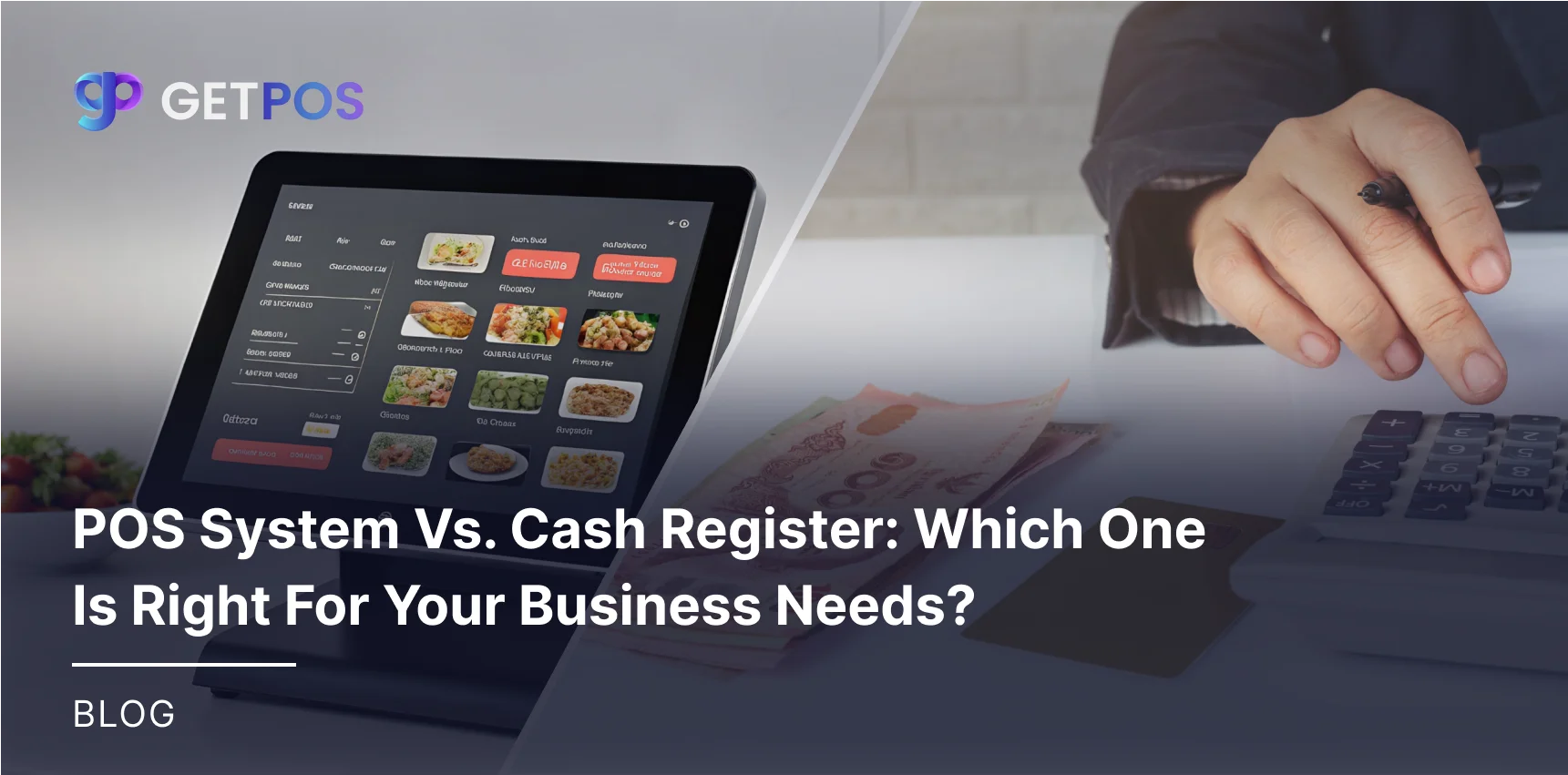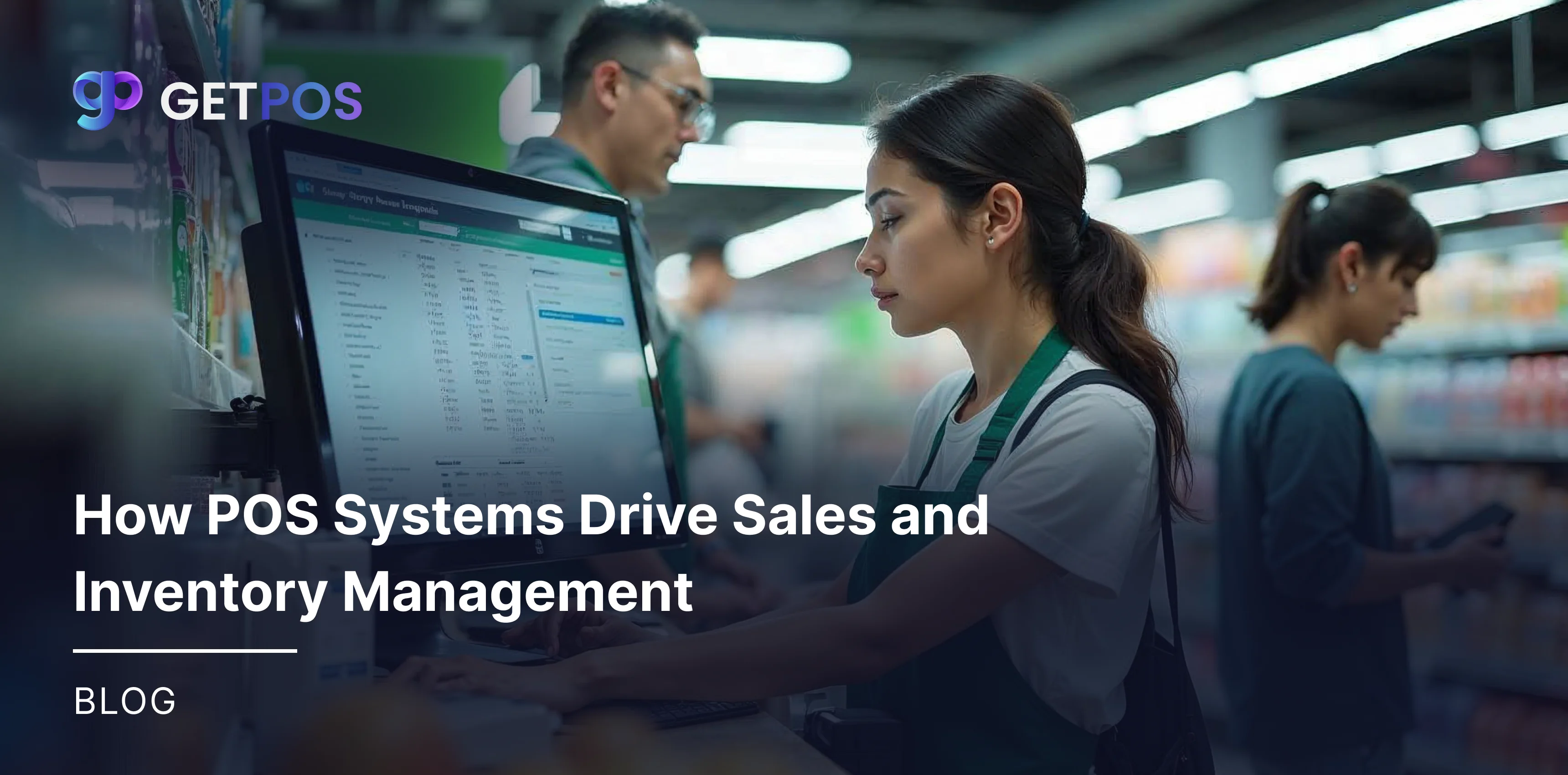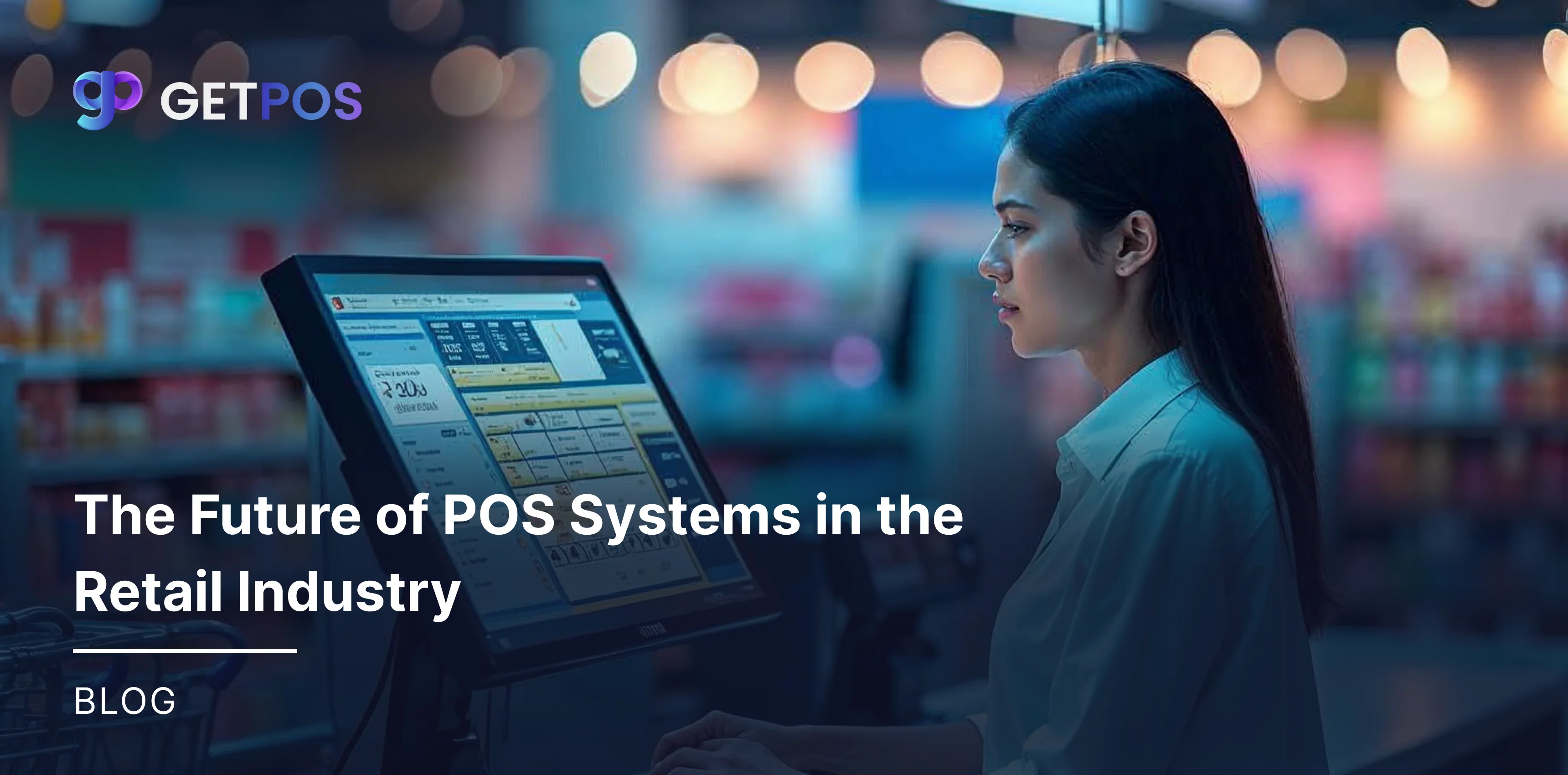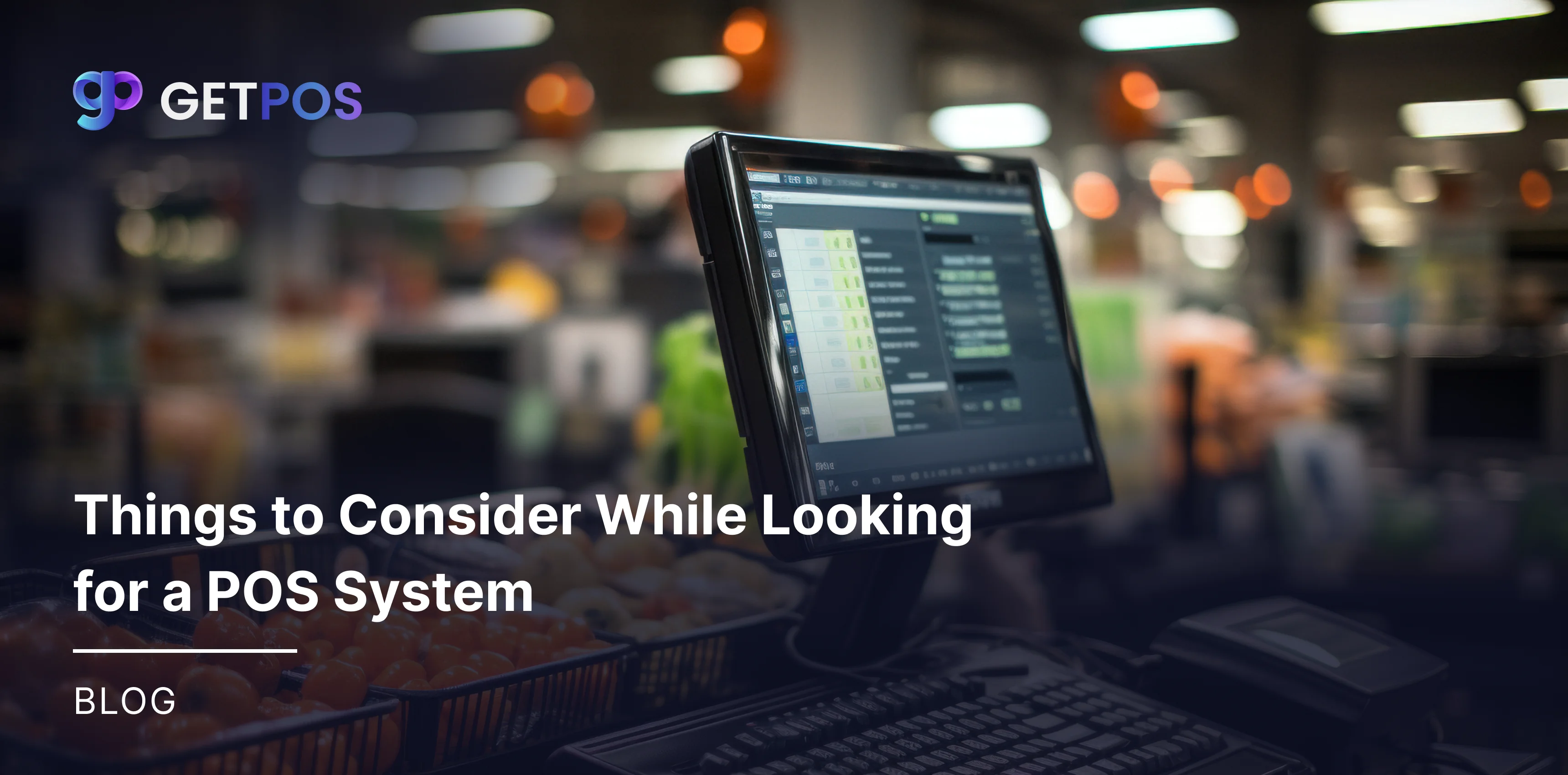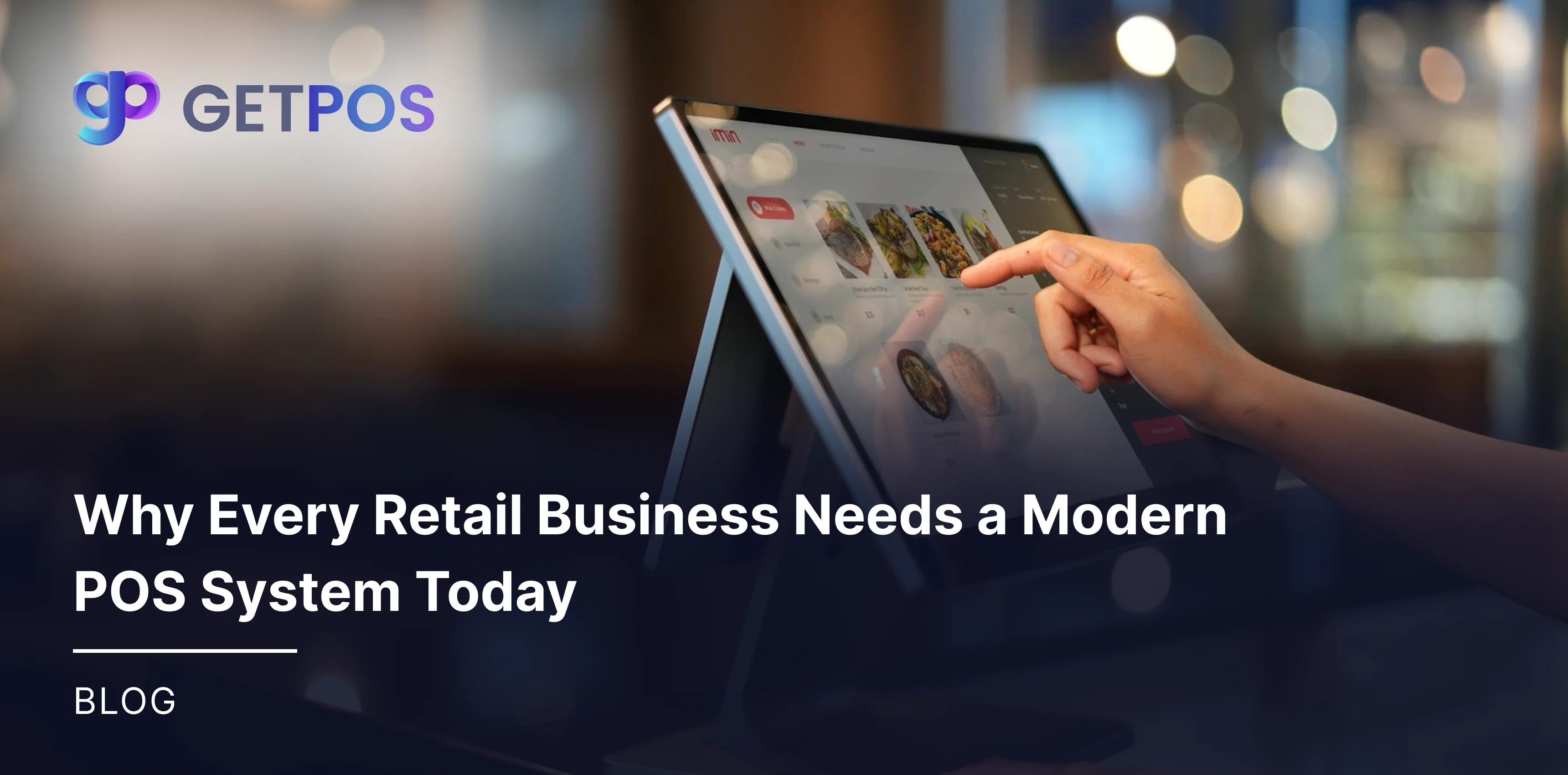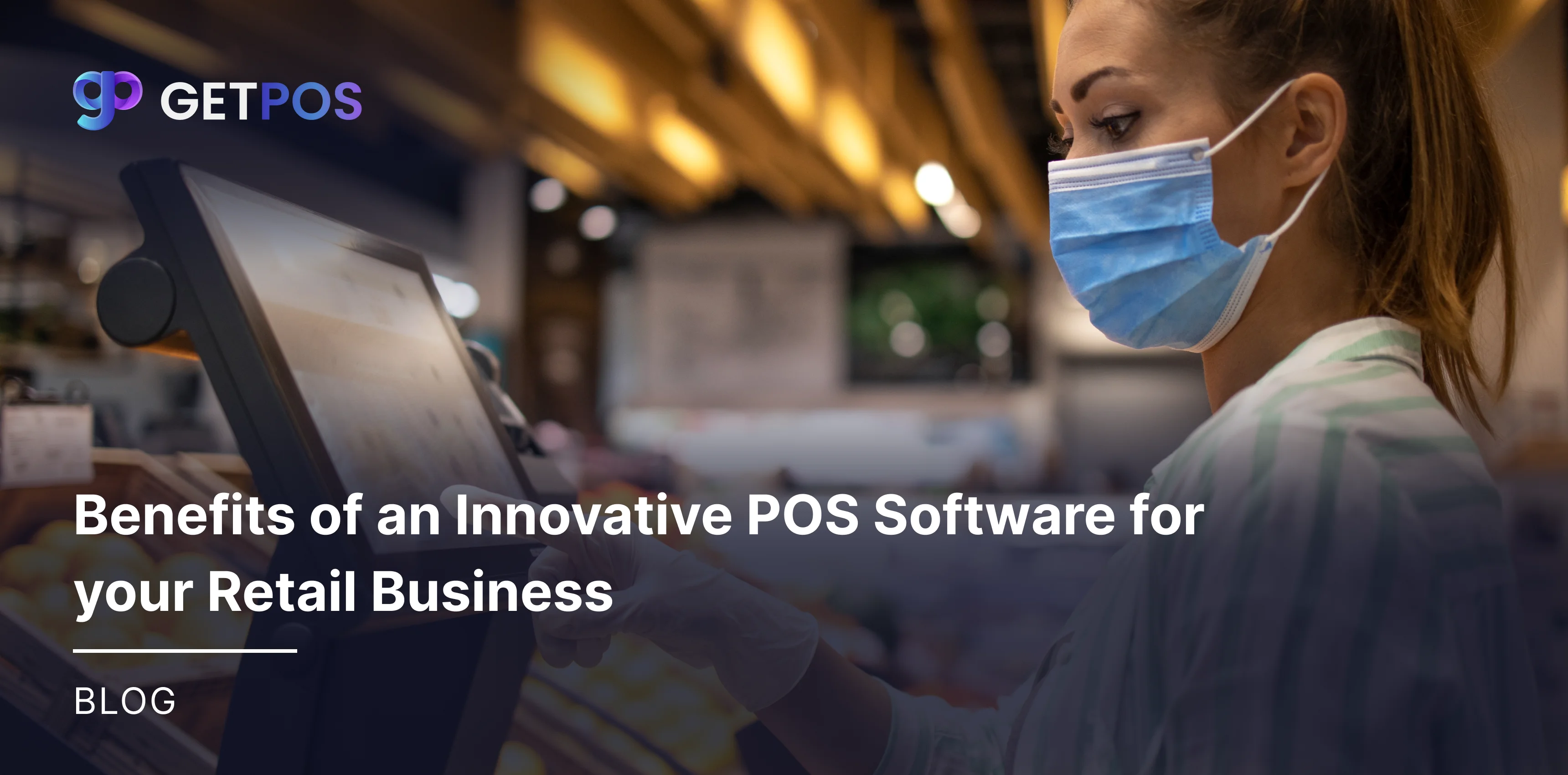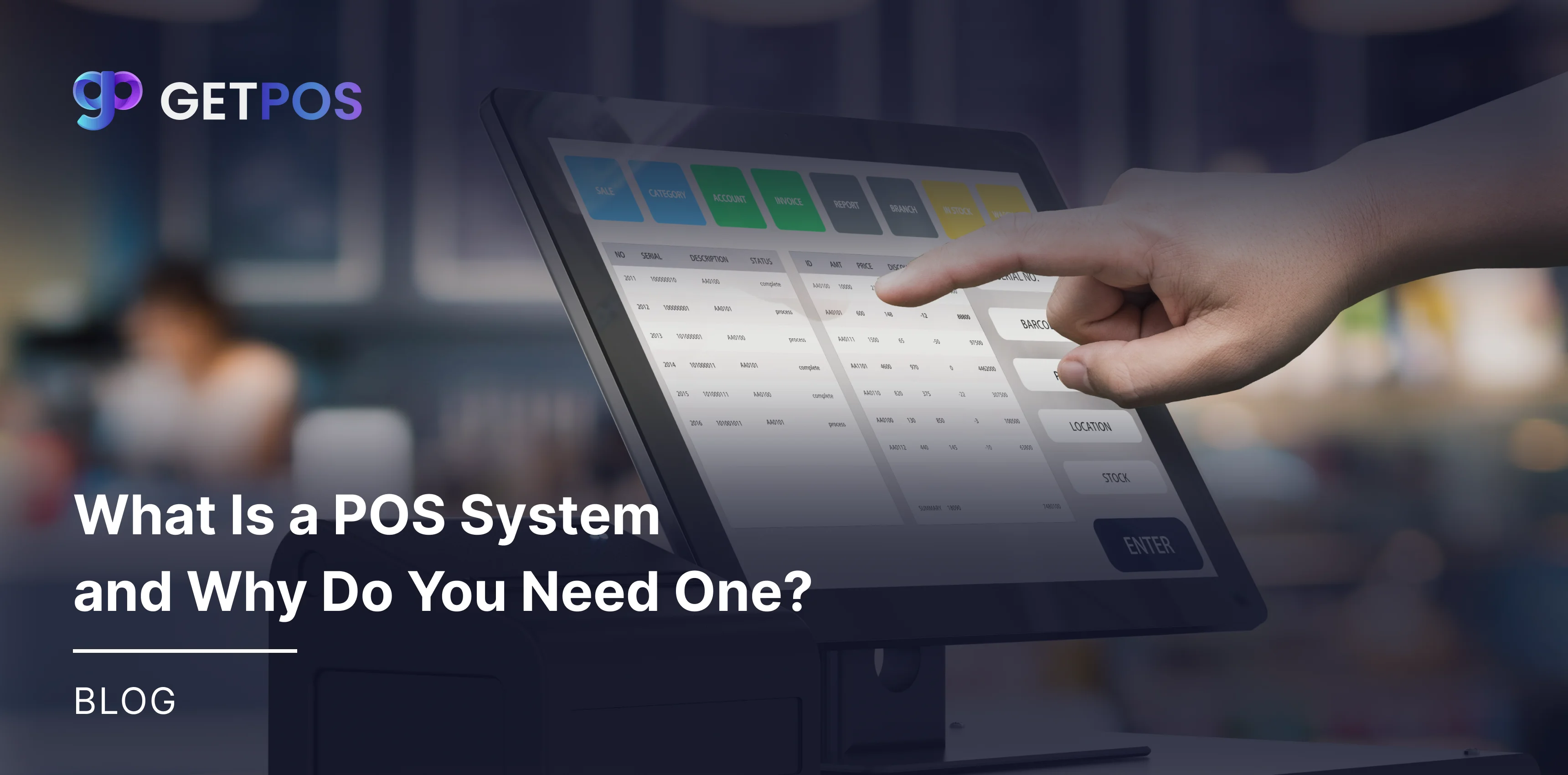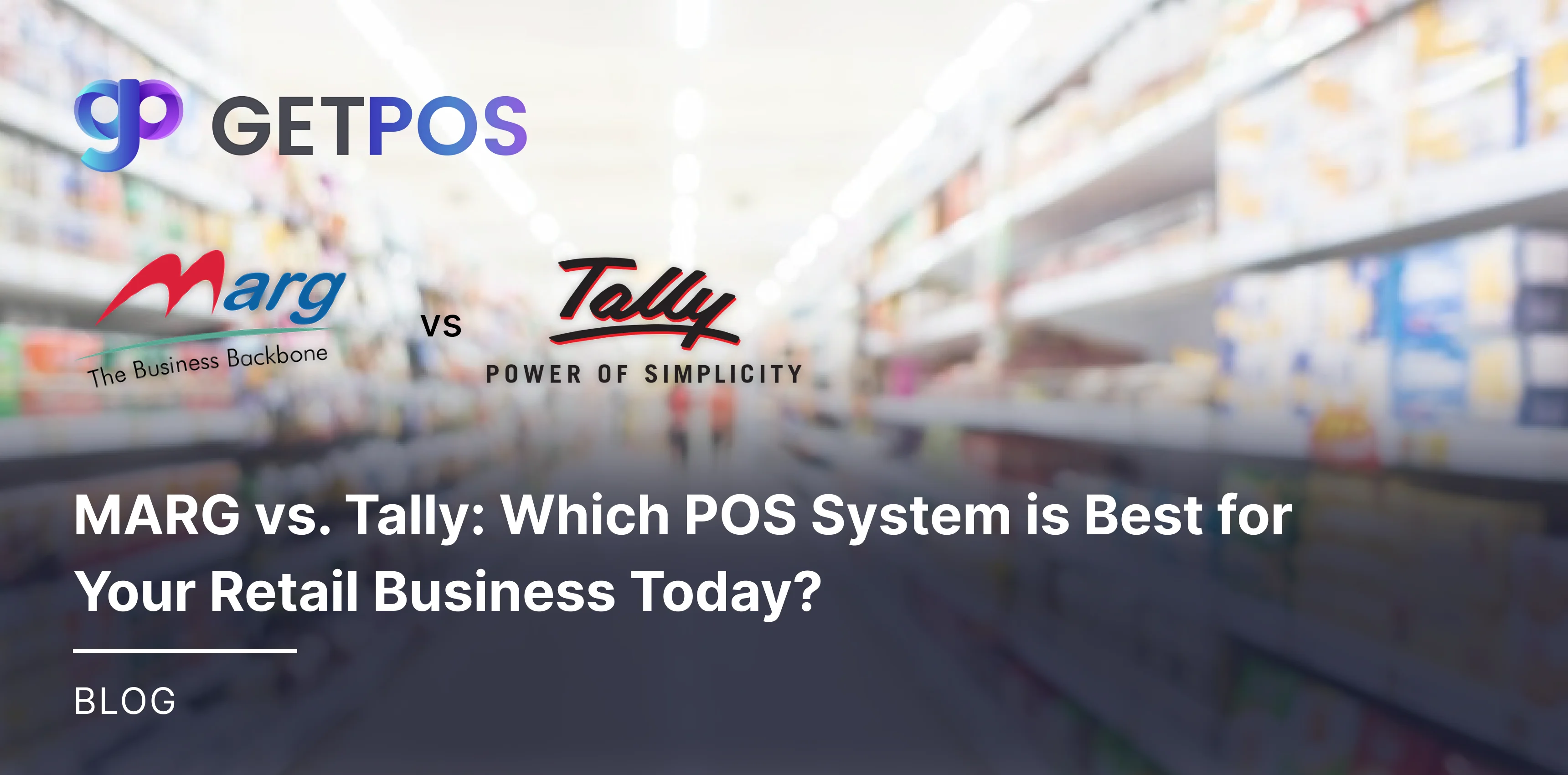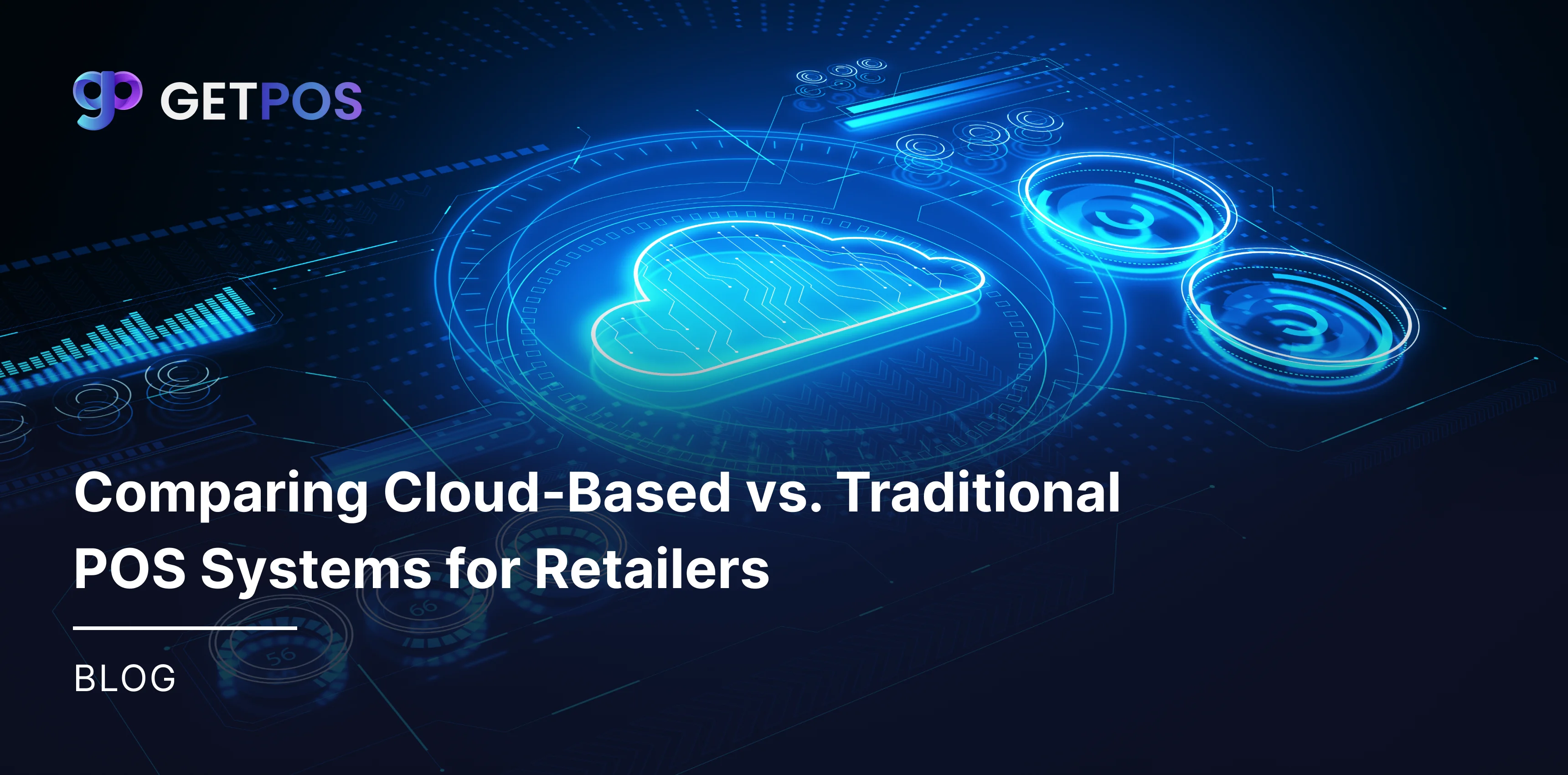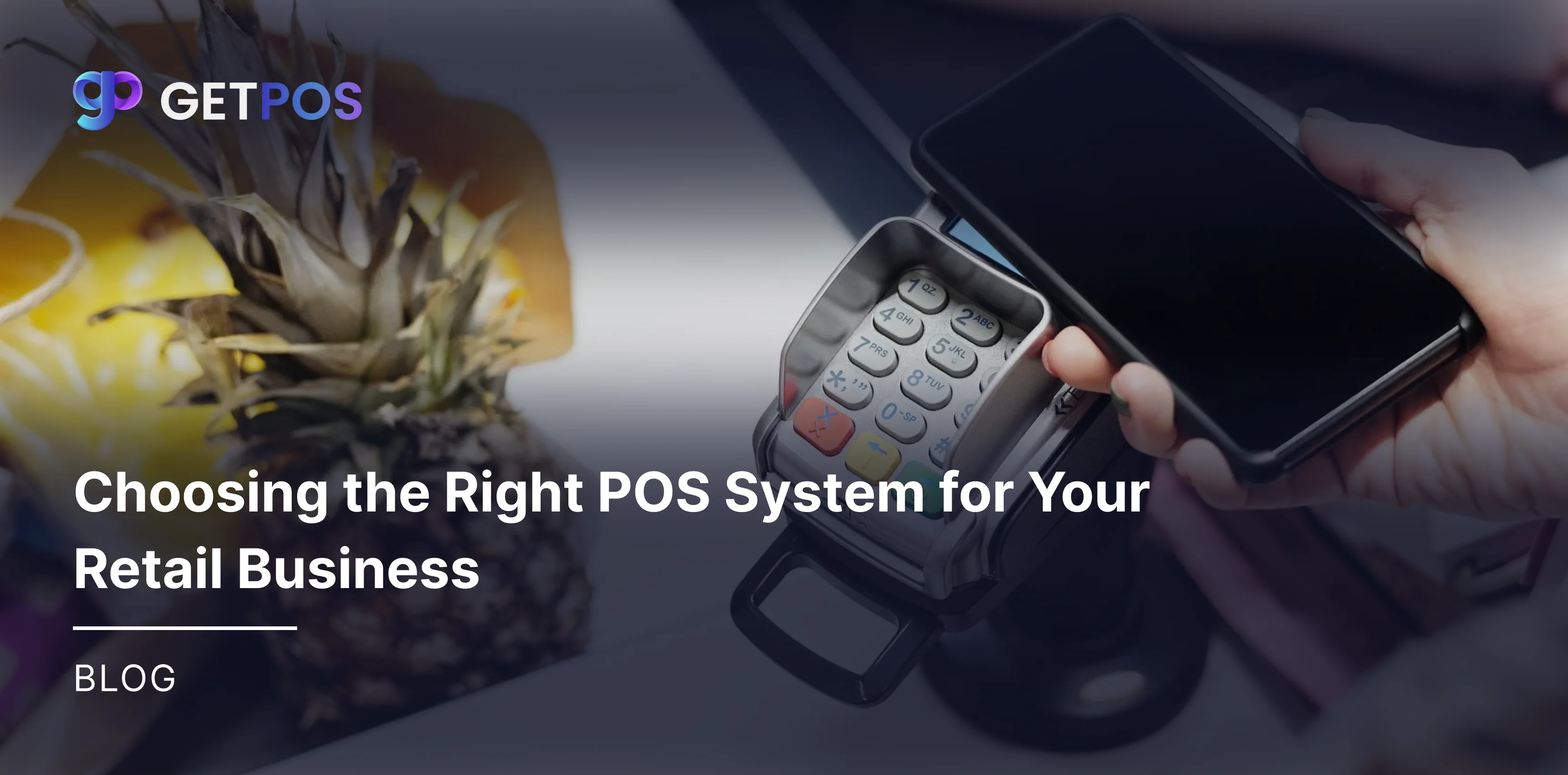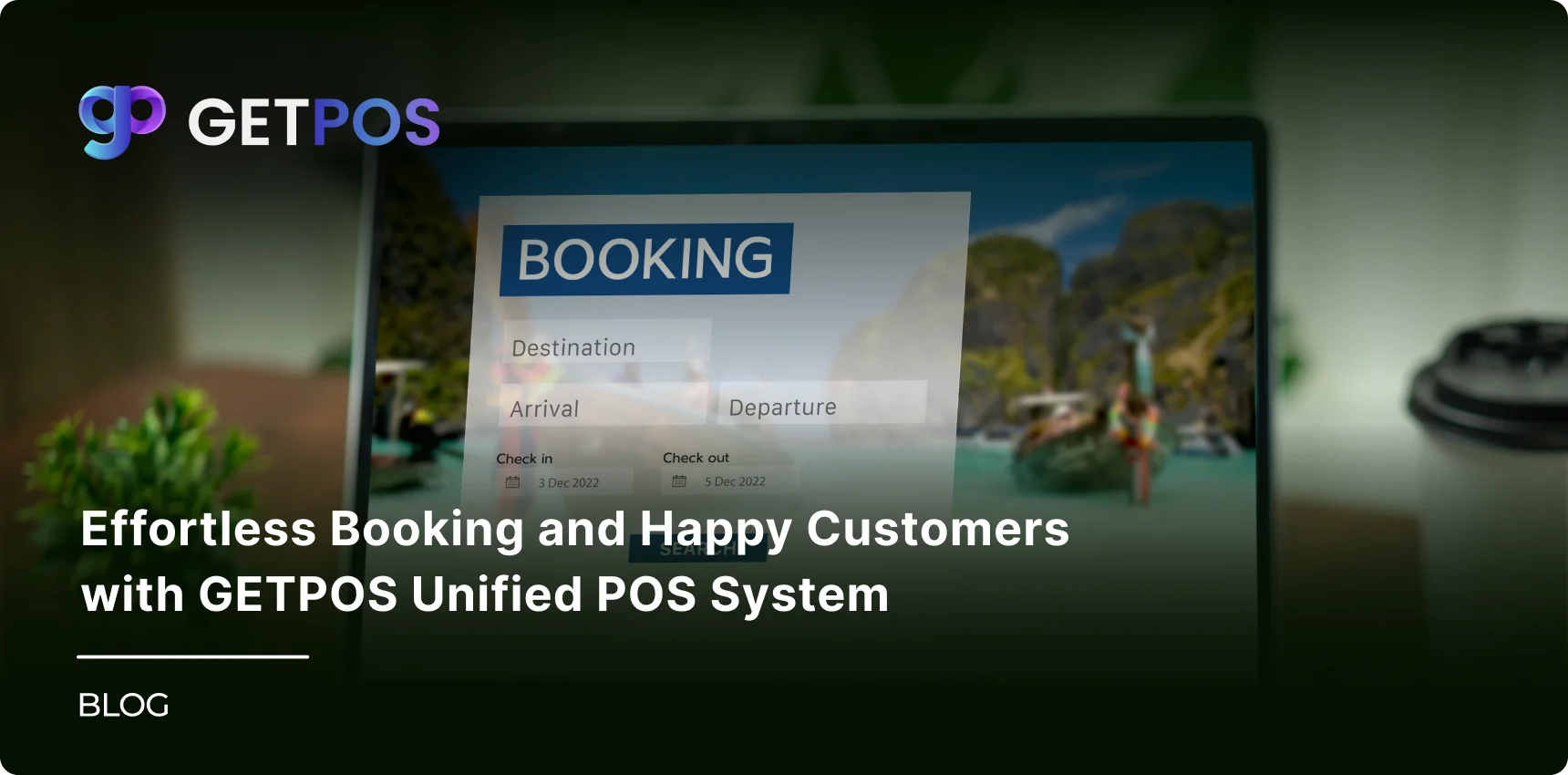Quick Summary
Choose the best retail POS for your business with our Lightspeed vs Square comparison. Learn how these systems differ in features, pricing, and scalability to choose the one that fits your needs and helps you grow.
Table Of Contents
Introduction
For your retail store, juggling multiple tools just to manage the various aspects and activities can sure be overwhelming. And, here, choosing the right retail POS is important for streamlining operations and boosting sales. There are two popular options, Lightspeed and Square, and each has its unique features that can be tailored to different business needs. In this blog, we will see a detailed retail POS comparison of Lightspeed vs Square to help you decide which one is best for your business. This way you can make an informed decision that aligns with your specific retail goals.
Key Takeaways
Lightspeed is ideal for businesses needing advanced inventory management and integrations.
Square is perfect for small businesses due to its ease of use and affordability.
Lightspeed offers more comprehensive reporting and analytics compared to Square.
Both systems support multiple locations, but Lightspeed provides better centralized management.
Square is more flexible for mobile operations and pop-up shops.
Overview of Lightspeed Retail POS Systems
Lightspeed is a powerful retail POS system that is popular and known for its robust features and scalability for any business. It suits various retail sectors, including pet stores, jewelry shops, and apparel stores. Lightspeed can efficiently manage inventory management, allowing real-time tracking and automated low-stock alerts. It also offers advanced reporting, to provide businesses with the much needed insights into sales and customer trends. This makes it ideal for businesses that want to effectively streamline operations and grow/scale.
Overview of Square Retail POS Systems
The Square retail POS system is very user-friendly, making it perfect for small businesses. It’s easy to set up and offers straightforward pricing, making it accessible to new entrepreneurs. Square has excellent mobile capabilities, so you can process payments anywhere. Its integrated payment processing simplifies transactions, and it supports both online and in-store sales seamlessly. This makes it ideal for businesses looking for a hassle-free retail POS solution.
Read more to know Right POS System for Retail Business.
Lightspeed vs Square: Detailed Feature Comparison
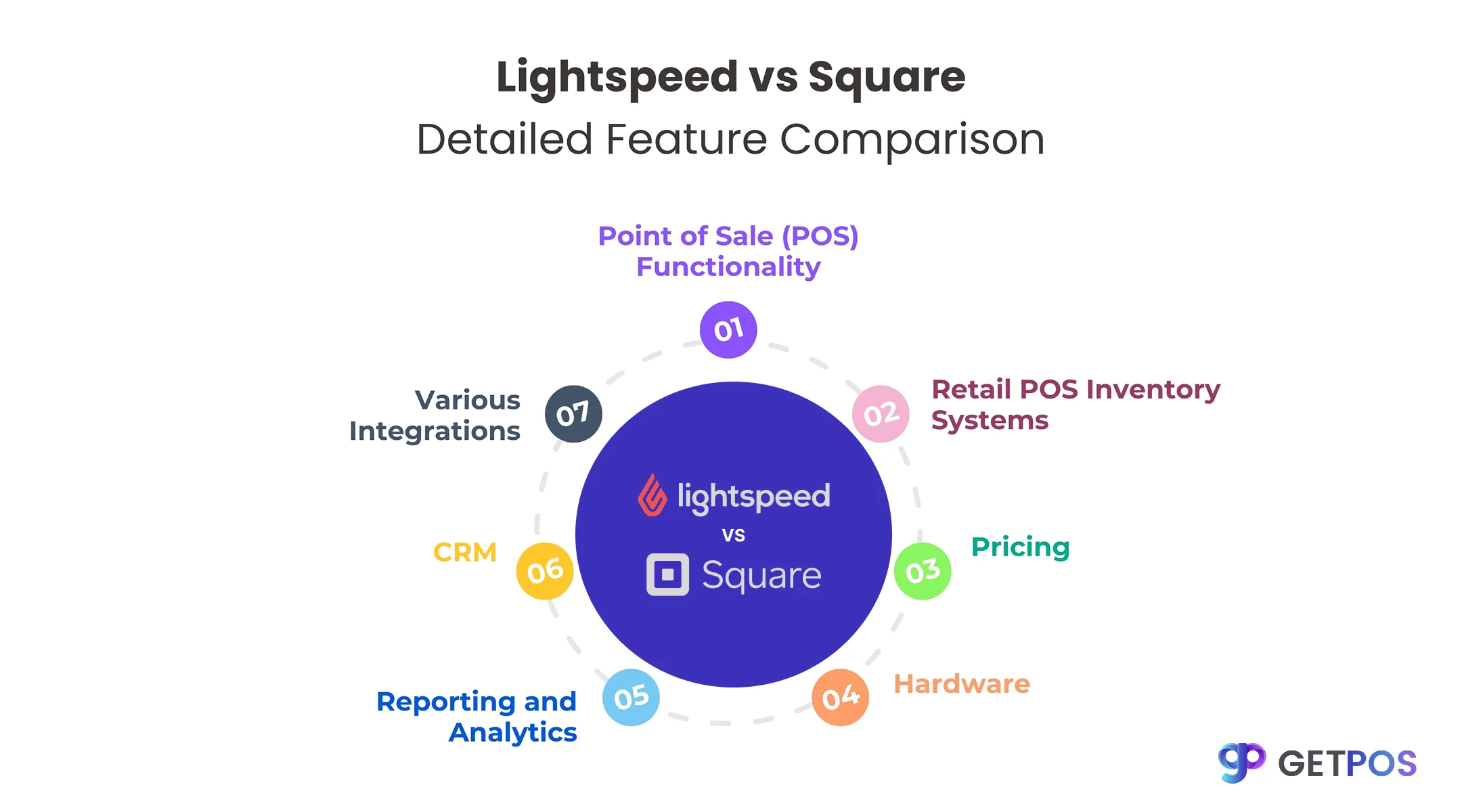
Let us look at a detailed comparison of Square vs Lightspeed across various features so you can choose to implement it for your retail business.
Point of Sale (POS) Functionality
Lightspeed vs Square both offer robust retail POS features, Square is well known for its user-friendly interface, and makes transactions easy for businesses. Lightspeed supports multiple payment methods and offers advanced order management. Both systems are compatible with various hardware options, but Square provides more affordable choices.
Retail POS Inventory Systems
Lightspeed is great in inventory management with real-time tracking and automated alerts. Square also offers inventory tracking with restock alerts and smart forecasts. However, Lightspeed is better suited for complex inventory needs when it comes to retail POS inventory systems.
Pricing
Lightspeed starts at $89/month with transaction fees and also provides a 14-day trial period. Square POS pricing on the other hand provides a 30-day trial period and can cost $89 to $269 for retail businesses depending on the complicity and scale. Lightspeed POS pricing is cost-effective for high-volume businesses, while Square suits smaller operations.
Hardware
For hardware kits provided by Square vs Lightspeed, Square offers affordable hardware options, including a free magstripe reader. Lightspeed requires custom quotes, with systems starting around $1,400. Both are compatible and work well with a basic setup with an iOS or Android, Mac desktops, and Windows devices.
Reporting and Analytics
Lightspeed provides detailed analytics for sales and inventory for your business, whereas Square offers reports on sales and inventory but is less comprehensive than Lightspeed. With both you can efficiently track your stock levels in real-time and maintain the optimal inventory levels.
Customer Relationship Management (CRM)
Both systems Square vs Lightspeed, offer CRM tools. Square includes free CRM software for customer engagement, while Lightspeed provides more advanced customer management features.
Various Integrations
Lightspeed integrates with various business tools, including accounting and e-commerce platforms. Square also offers integrations but is more focused on omnichannel sales management.
Want to know What Is POS System, read on to find out.
Square vs Lightspeed: Target Audience and Use Cases
When choosing between the two retail POS systems, Lightspeed vs Square, for your business, consider these factors to understand which one is right for you.
Lightspeed
Lightspeed is ideal for small to medium-sized retail stores that have complex inventory needs. It also works well for restaurants and bars that require advanced order management and table service features. Also, businesses with multiple locations can best benefit from Lightspeed because it allows them to manage everything from one place.
Businesses that benefit most from Lightspeed are those that need robust inventory management and detailed analytics. These businesses often want to integrate their retail POS with e-commerce platforms to have seamless online and offline sales.
This retail POS system is best used in scenarios like when a boutique clothing store with multiple locations needs to track inventory across all sites. It also helps a restaurant chain manage orders efficiently and provide excellent customer service.
Square
Square is perfect for small retail stores with simple inventory needs. It is also great for food trucks or pop-up shops that require mobile payment processing. Service-based businesses like salons or spas benefit from Square because it offers appointment scheduling features.
If you are looking for ease of use and affordability in your business, you can benefit most from Square. Many businesses require payment processing solutions that can easily adjust to their evolving requirements.
Square is best for businesses like when a small coffee shop wants an easy-to-use POS for quick transactions. It also helps a pop-up market stall by providing a portable POS system for on-the-go sales.
You can also consider Cloud-Based vs. Traditional POS Systems for your retail business.
Retail POS Systems Comparison Lightspeed vs Square: Pros and Cons
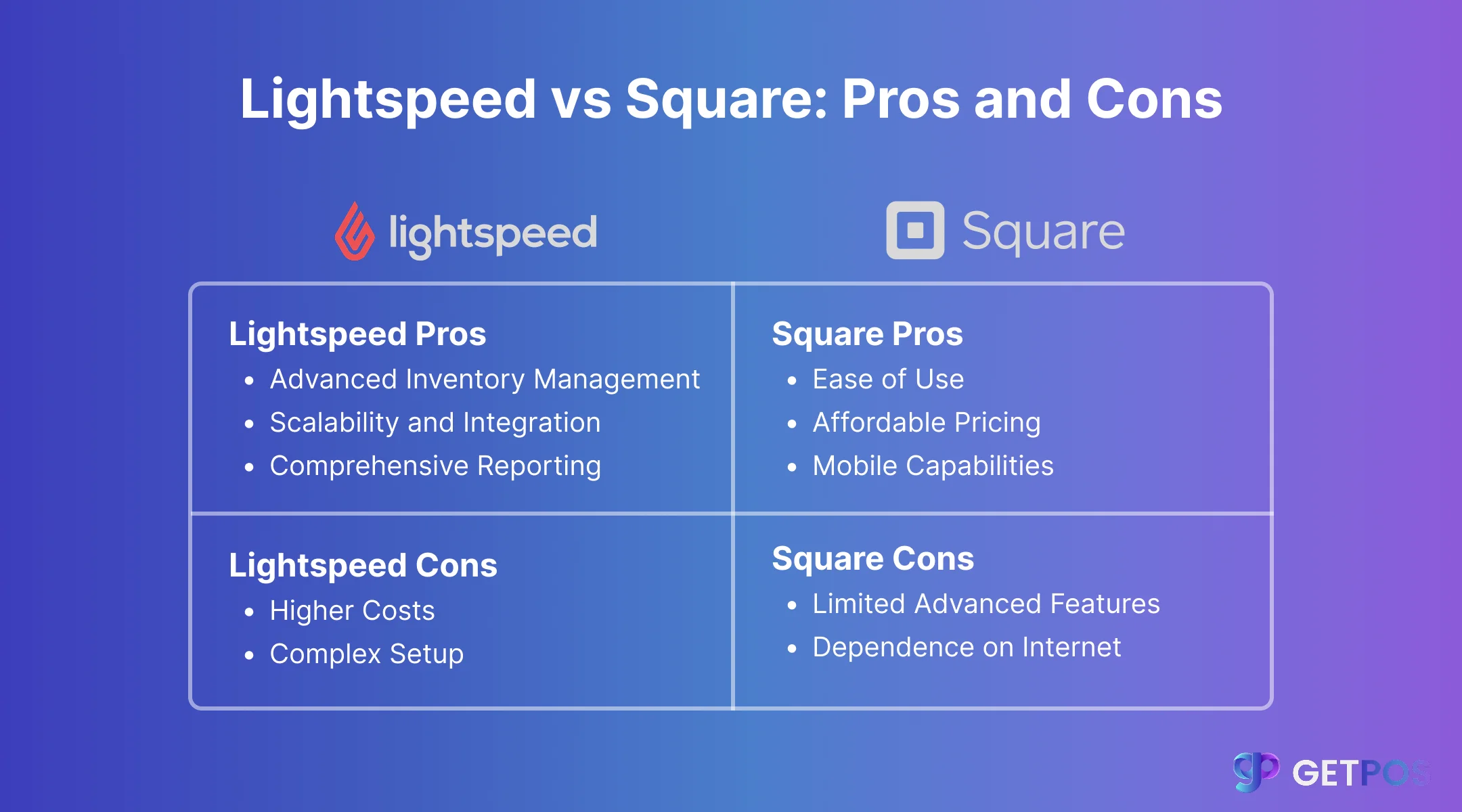
Here are some pros and cons for the two POS systems for retail, Square vs Lightspeed, to consider before choosing the one suitable for your business model.
Lightspeed Pros
Advanced Inventory Management: Lightspeed offers robust inventory tracking with real-time updates and automated alerts, helping businesses manage stock efficiently.
Scalability and Integration: It supports multiple sales channels and integrates well with e-commerce platforms like Shopify, making it ideal for growing businesses.
Comprehensive Reporting: Lightspeed provides detailed analytics and reports, enabling businesses to make informed decisions about sales and inventory.
Lightspeed Cons
Higher Costs: Lightspeed can be expensive, especially for small businesses, with additional costs for hardware and multiple registers.
Complex Setup: While user-friendly, some users find the initial setup and customization process challenging.
Square Pros
Ease of Use: Square is known for its simplicity and ease of setup, making it perfect for small businesses or those new to POS systems.
Affordable Pricing: Square offers straightforward pricing with no monthly fees, just transaction charges, which is cost-effective for low-volume businesses.
Mobile Capabilities: It provides portable payment processing options, ideal for pop-up shops or food trucks.
Square Cons
Limited Advanced Features: Square lacks some advanced features like comprehensive inventory management and detailed reporting compared to Lightspeed.
Dependence on Internet: Square requires a stable internet connection to function, which can be a drawback in areas with poor connectivity.
Reading POS System Vs. Cash Register will help you make smart decisions for your business.
Square vs Lightspeed: Scalability
Let us now understand the scalability factor for Lightspeed vs Square. When it comes to scalability, Square is well-suited for growing businesses, as it offers various features like multi-location management and real-time tracking across different sites. Lightspeed is a great and robust platform, but it may not scale well for large expansions, requiring considerable investment as companies increase in size.
Both systems Lightspeed vs Square adapt well to growth and scalability when it comes to retail business, but Square is more flexible for expanding businesses, while Lightspeed is better suited for complex operations but may need adjustments for large-scale expansions. For businesses planning to expand, Square provides a smoother transition across multiple locations.
Lightspeed vs. Square – Which Is Better?
Choosing between Lightspeed and Square depends on your business needs, but if you are wondering which is better, here is a jist.
Lightspeed is better for mid-sized to large businesses with complex inventory needs, offering advanced features and integrations with accounting software. It’s ideal for full-service restaurants and retailers seeking detailed analytics.
Square, on the other hand, is perfect for small businesses and mobile operations due to its ease of use and affordability. It’s great for those needing simple inventory management and integrated payment processing.
Last Words
Lightspeed and Square are both excellent retail POS systems, but they cater to different business needs. To effectively support your growth and operations, it's important to identify your unique business needs when selecting a retail POS system. Whether you value advanced functionalities or user-friendliness, choosing the right system Lightspeed vs Square will simplify your processes and improve customer satisfaction.
Frequently Asked Questions
Yes, both systems support multiple locations, but Lightspeed offers more centralized management features.
Both offer pretty good customer support, with Lightspeed providing dedicated account managers and Square offering 24/7 support via phone and email.
Yes, both Lightspeed vs Square support online sales and integrate with e-commerce platforms for ease of use and scalability.


